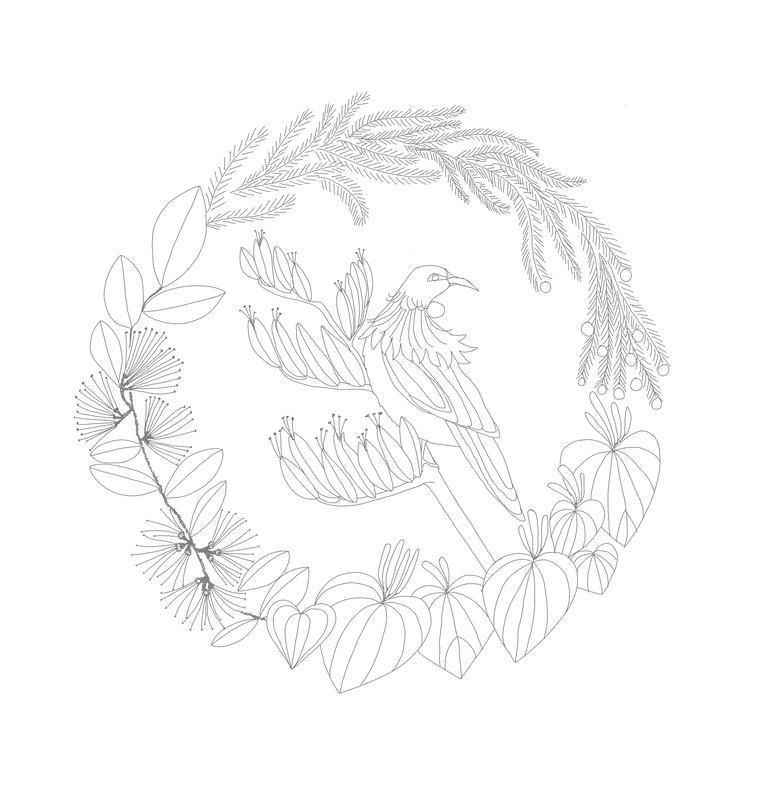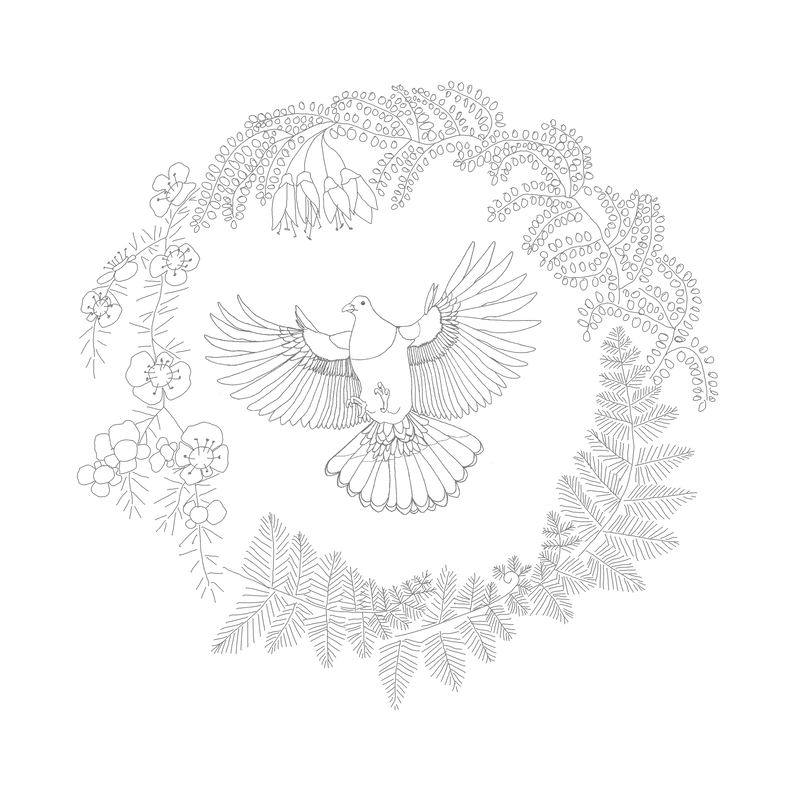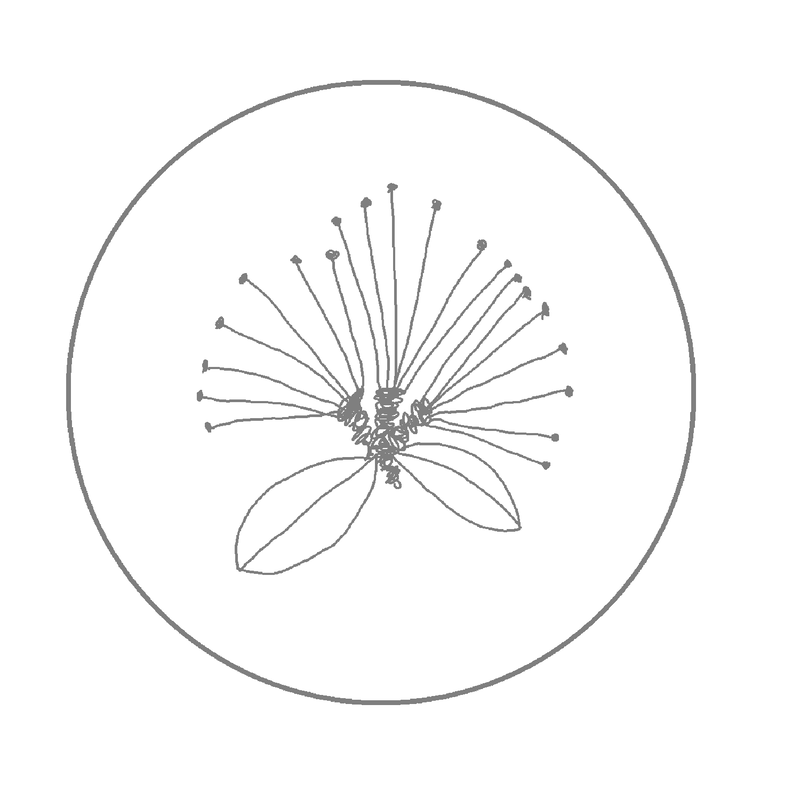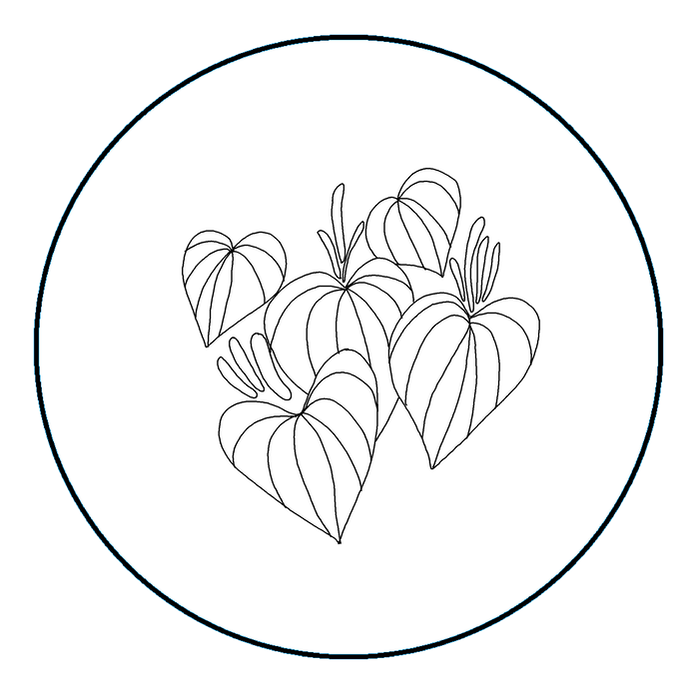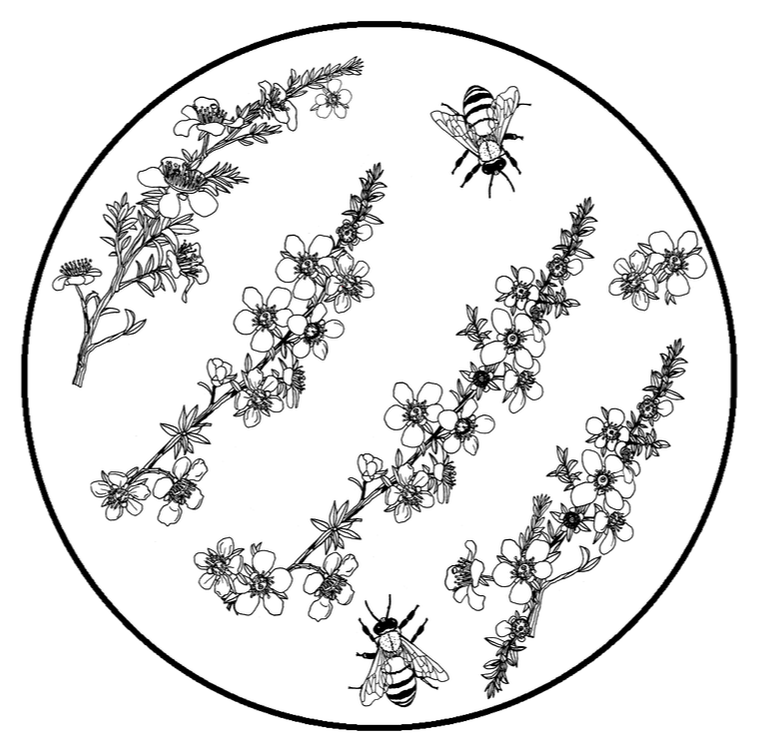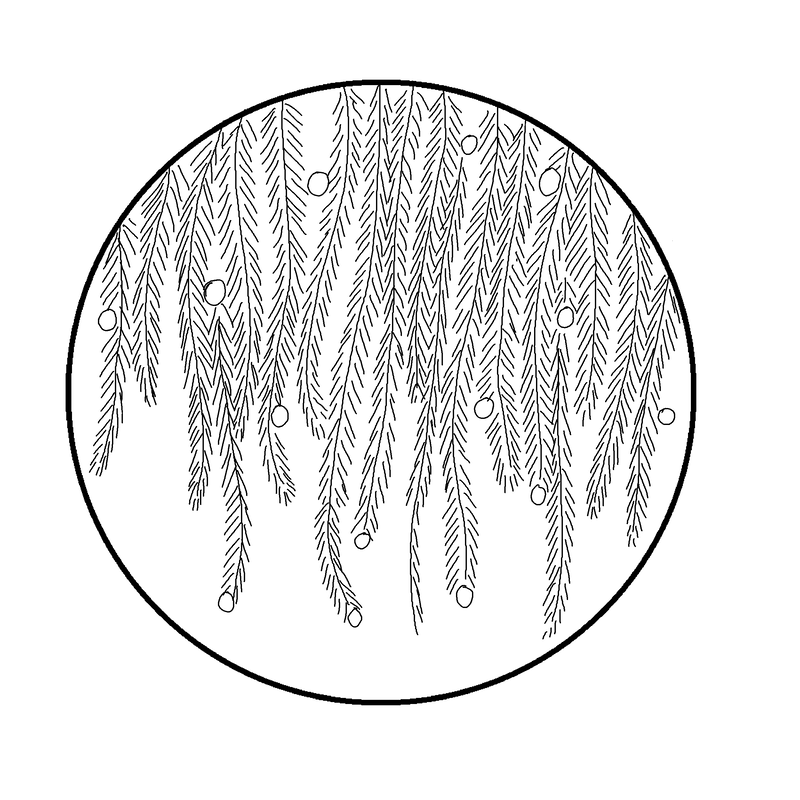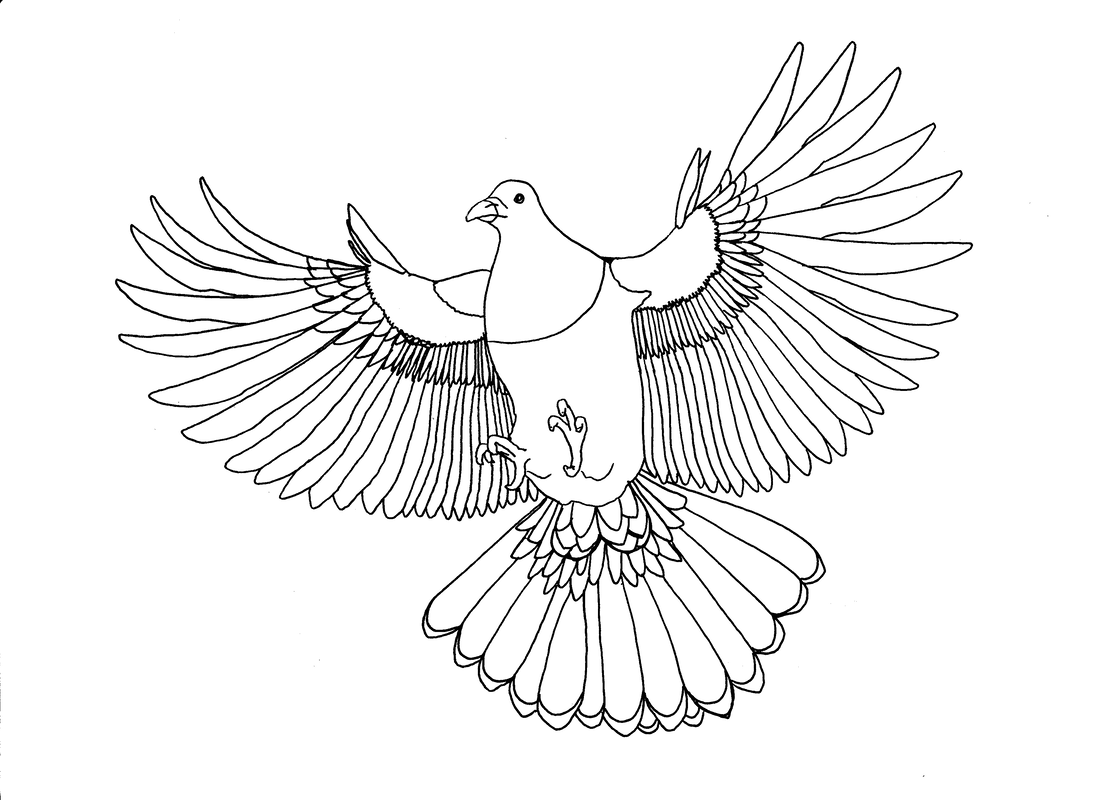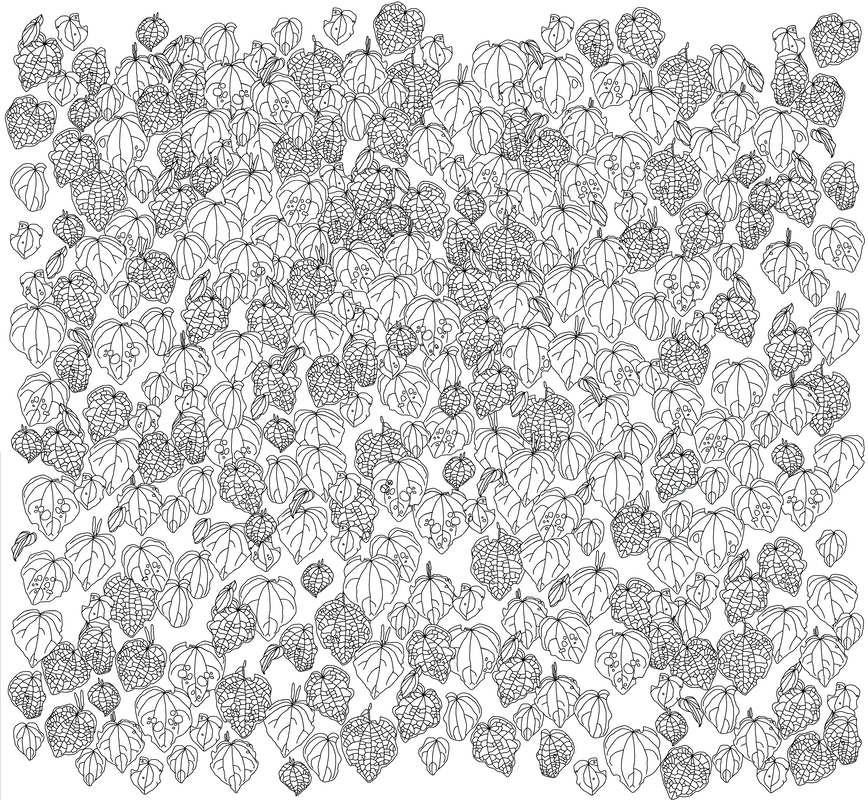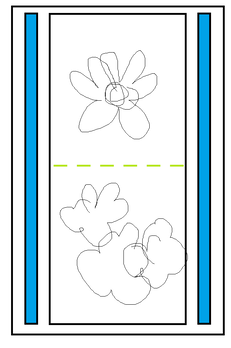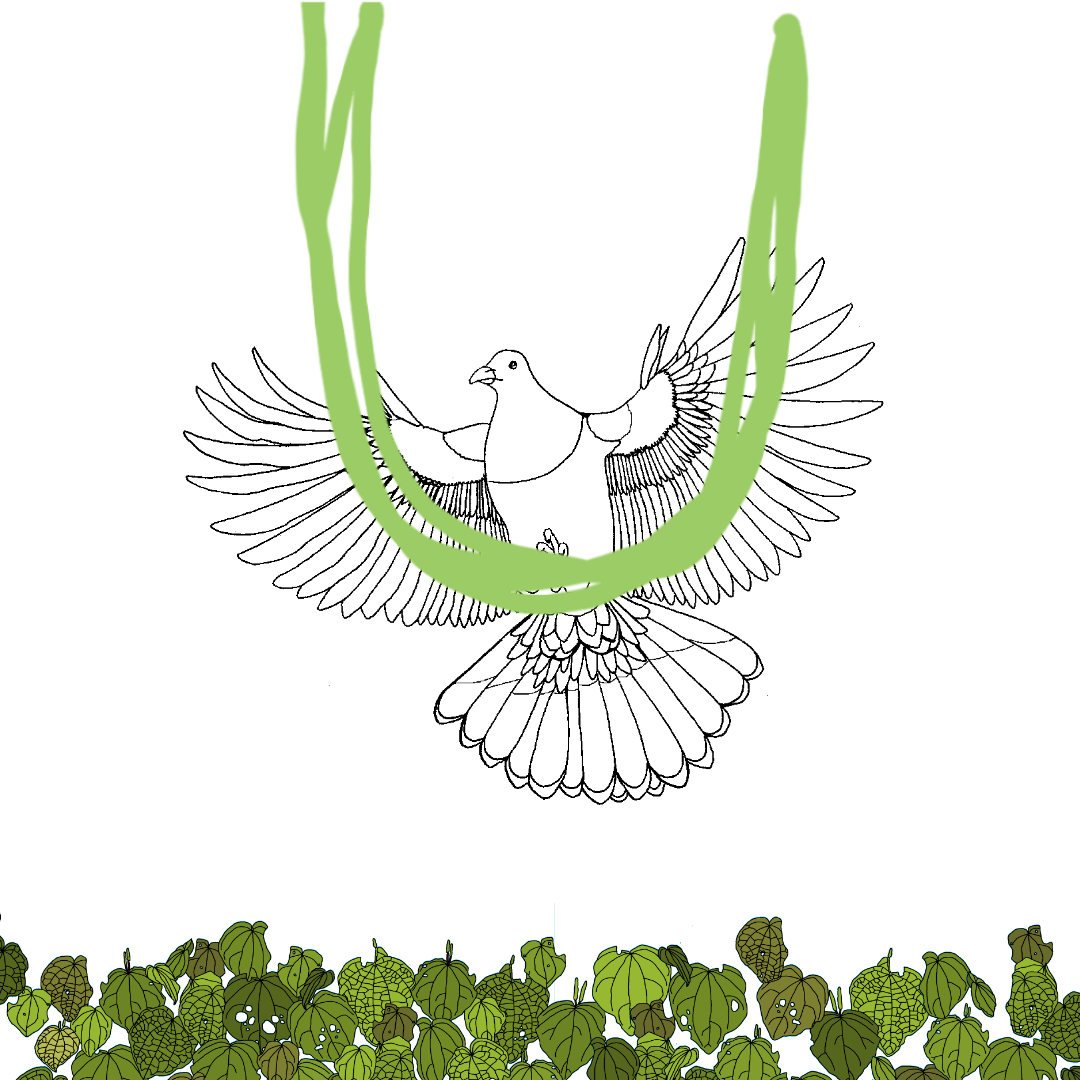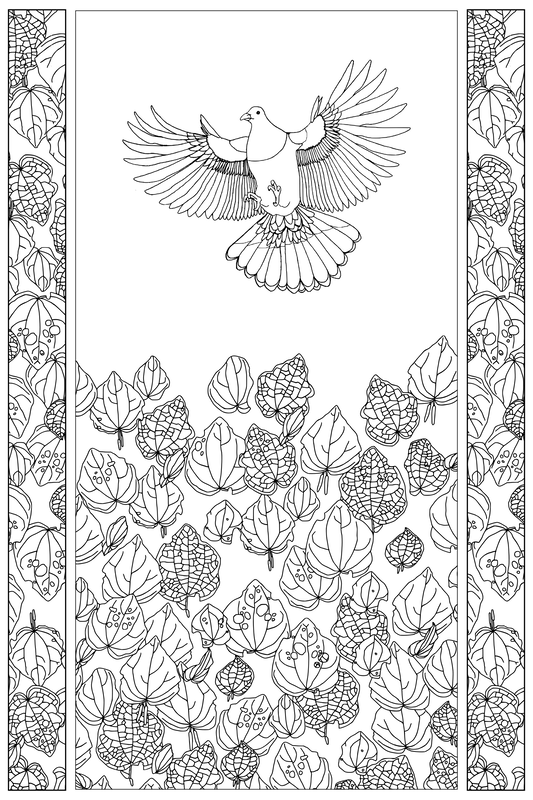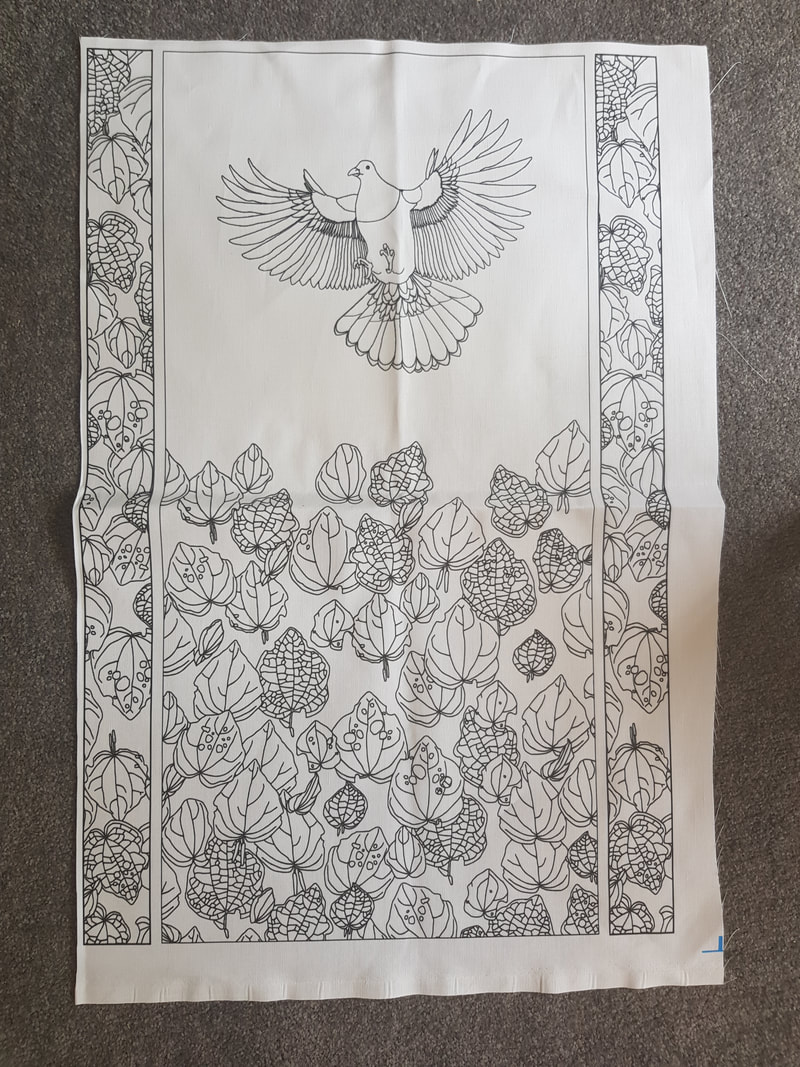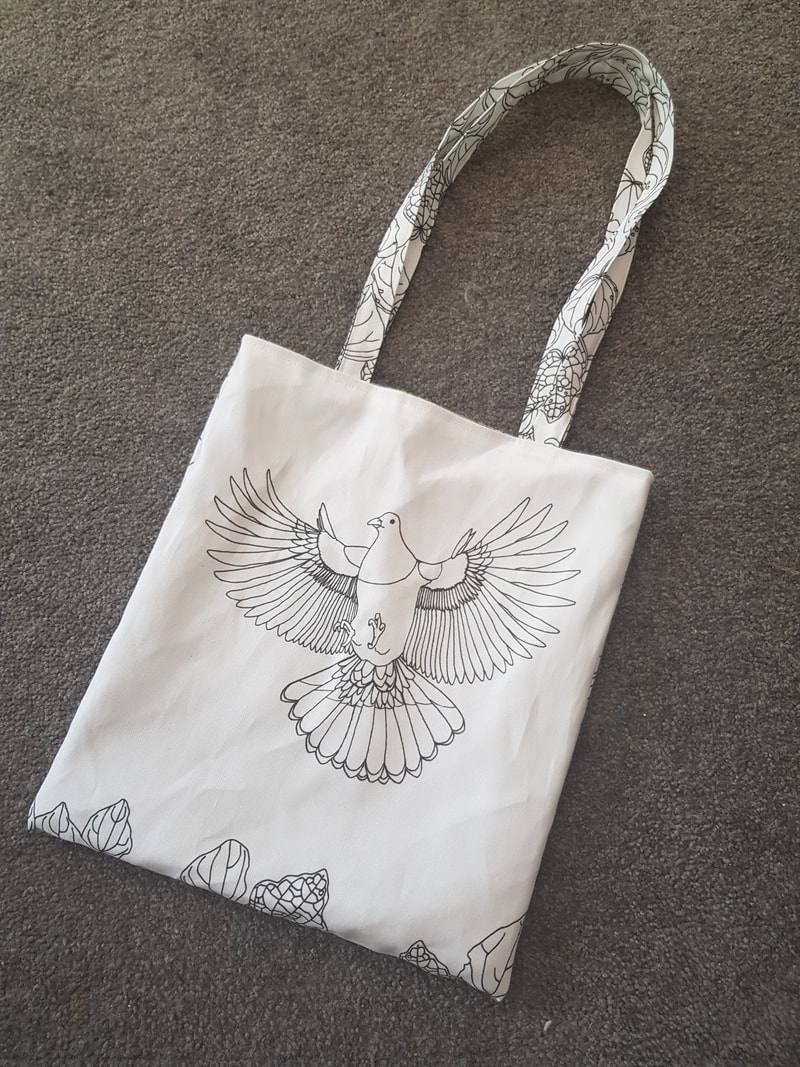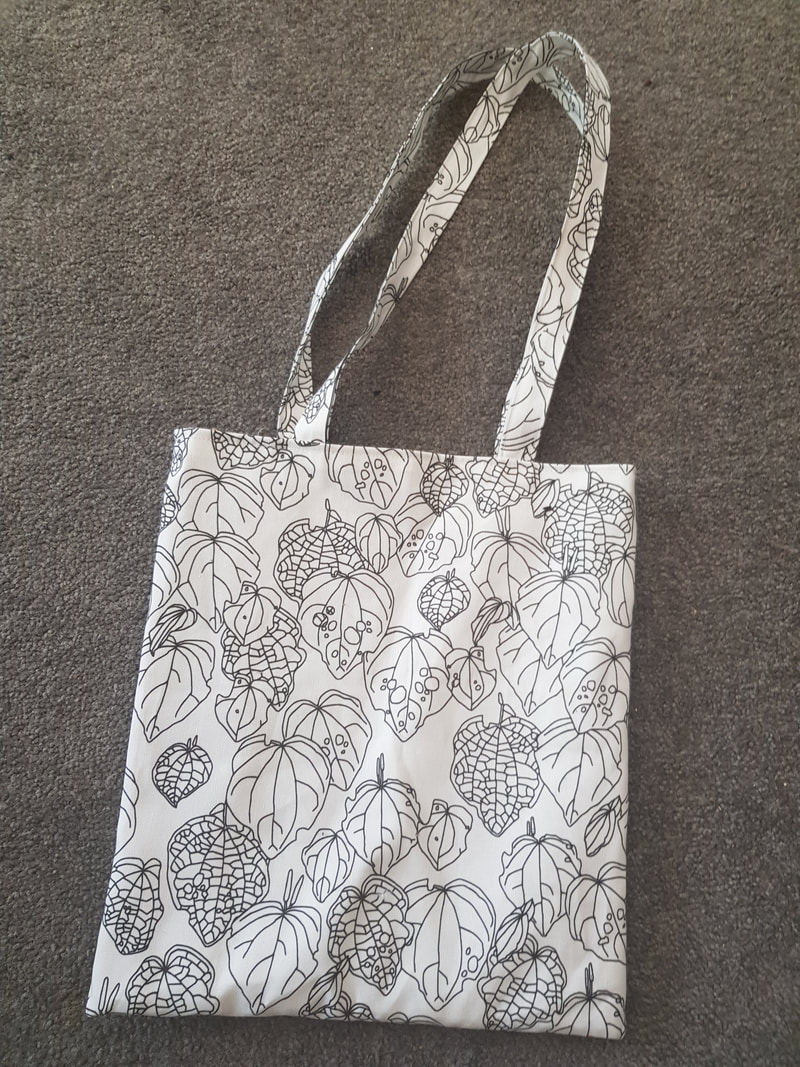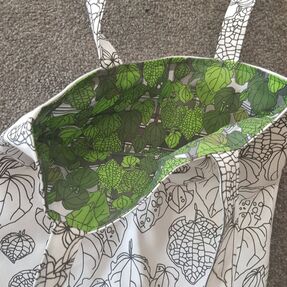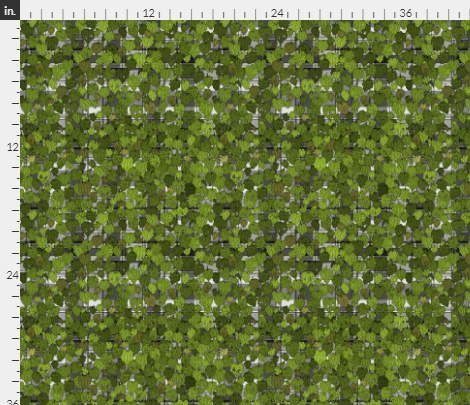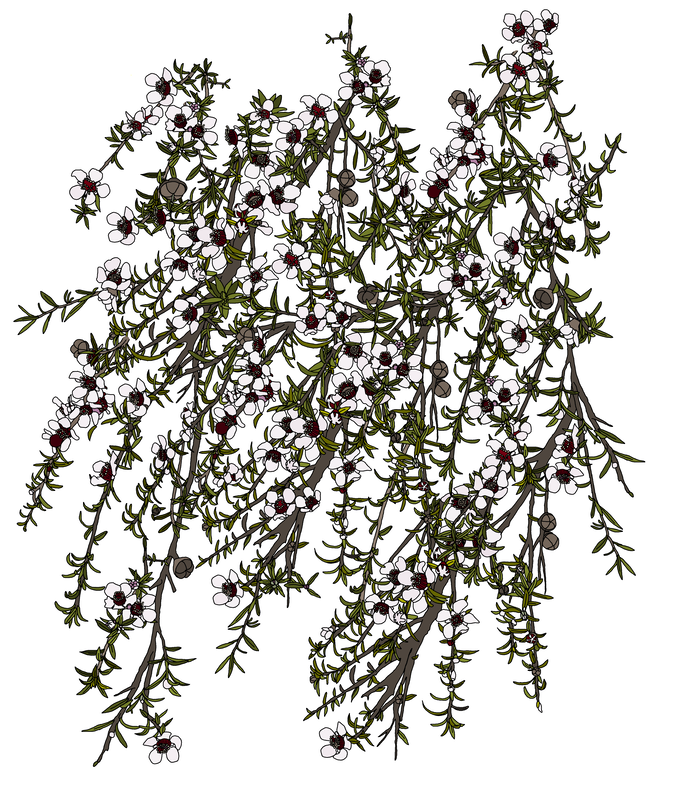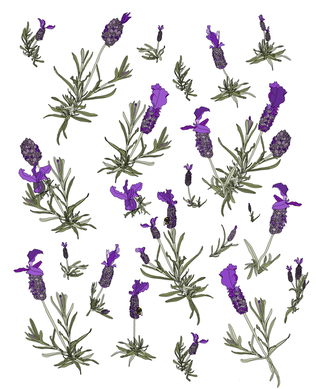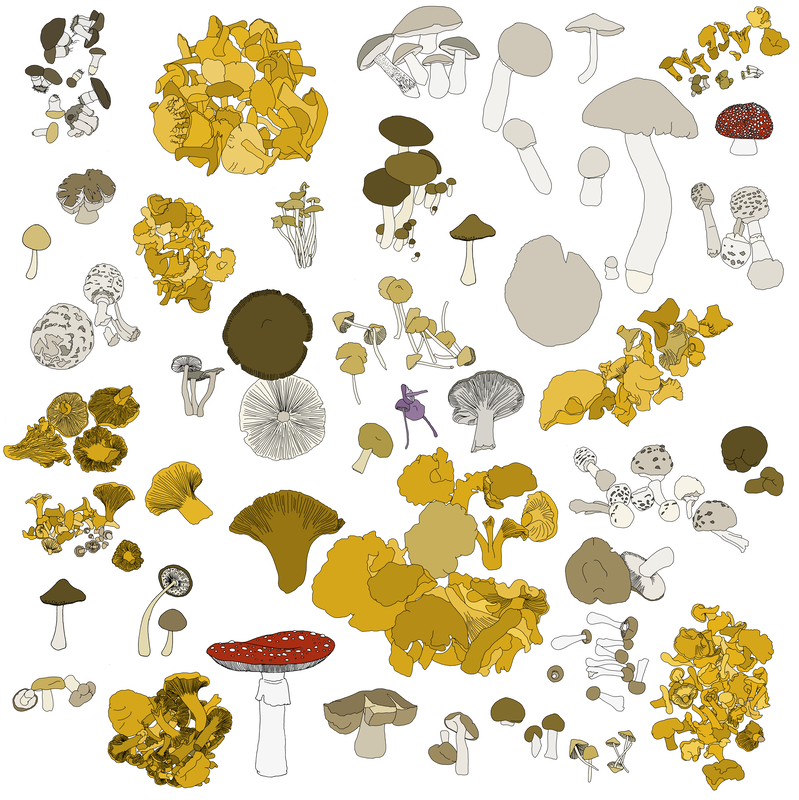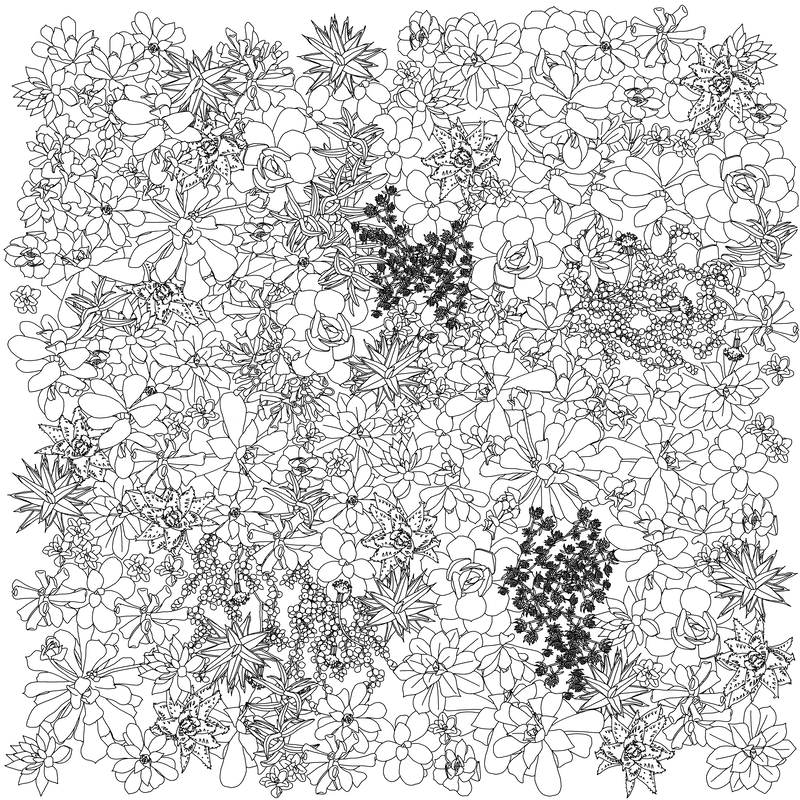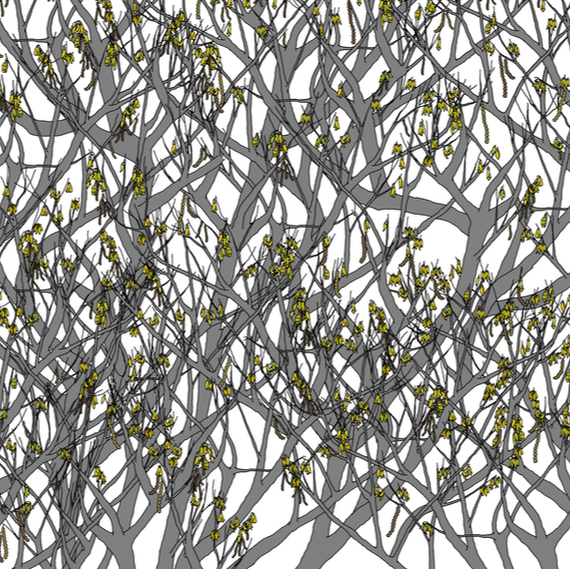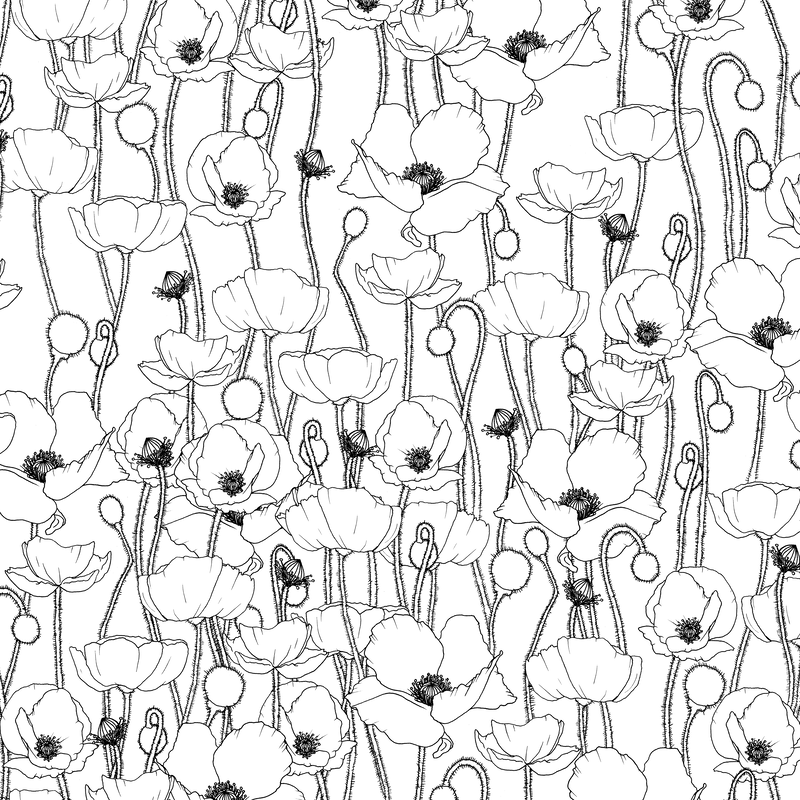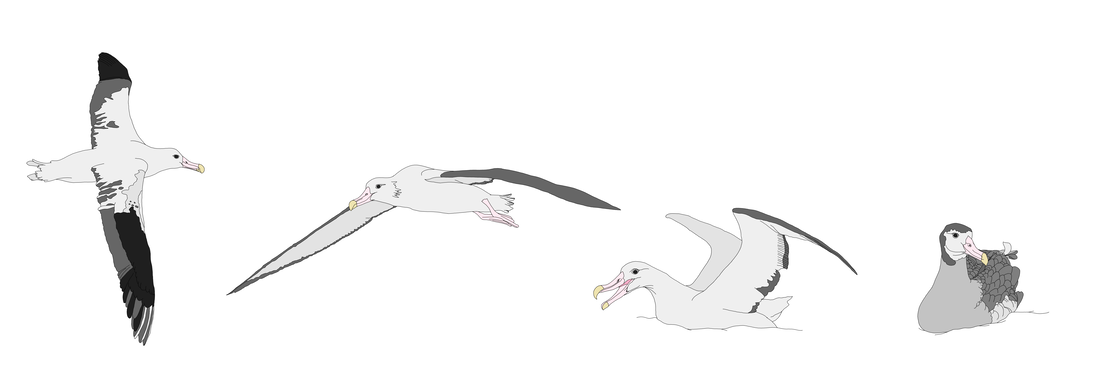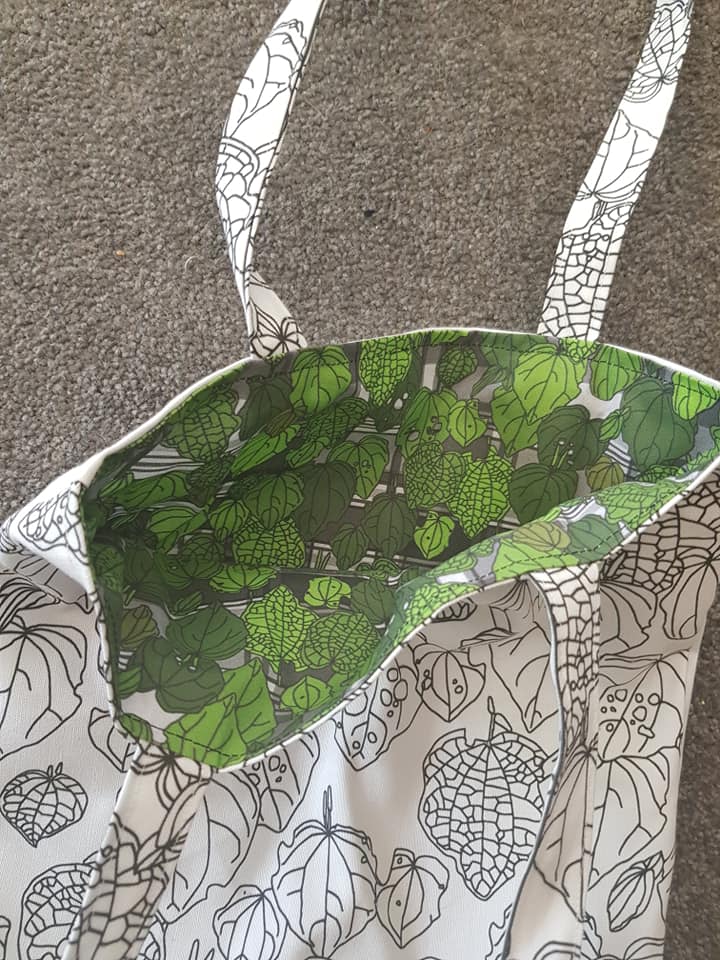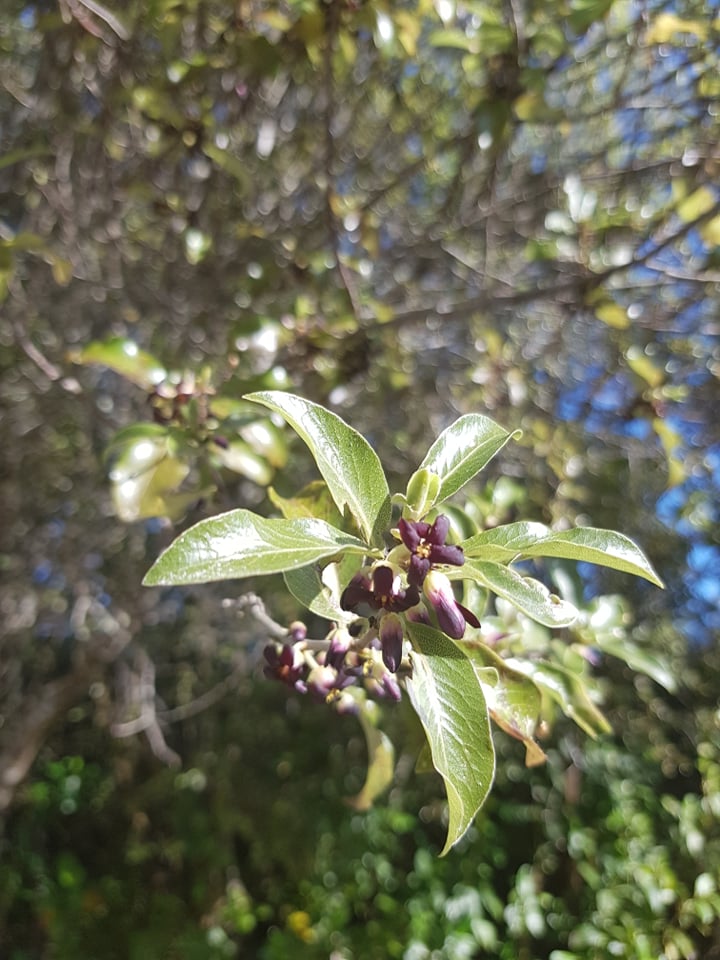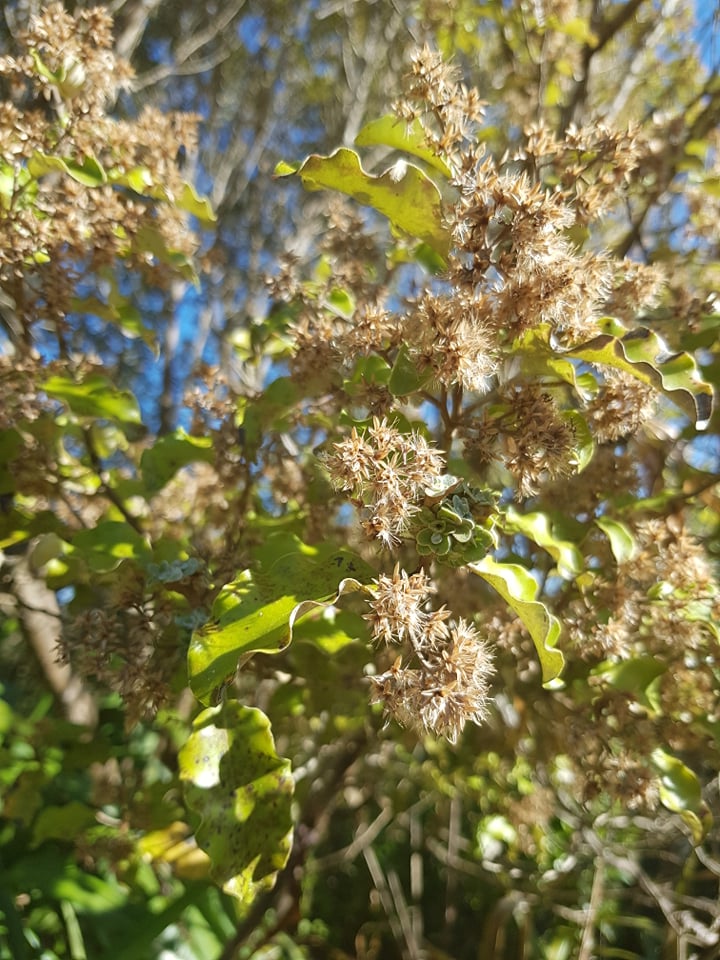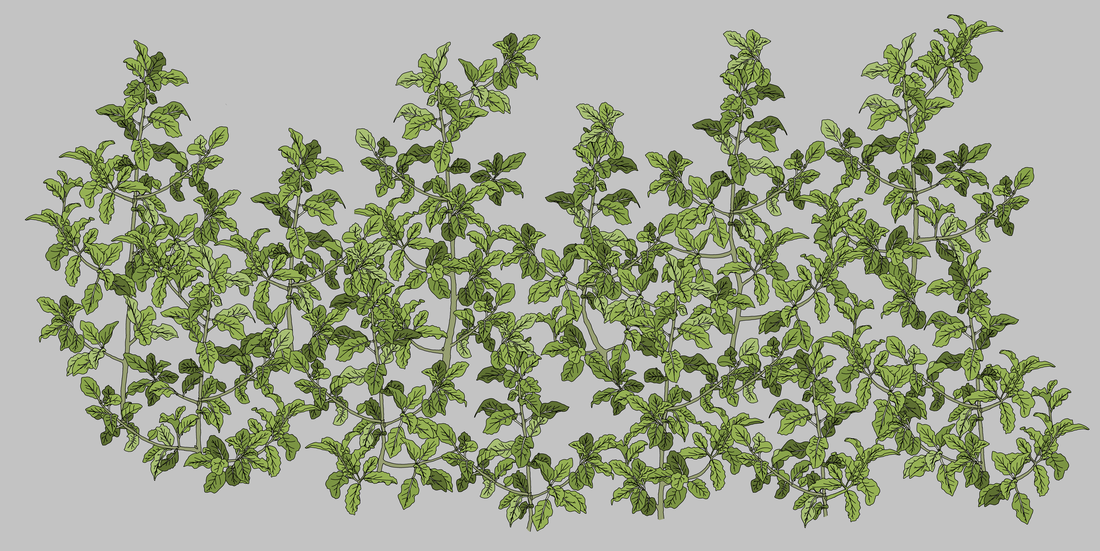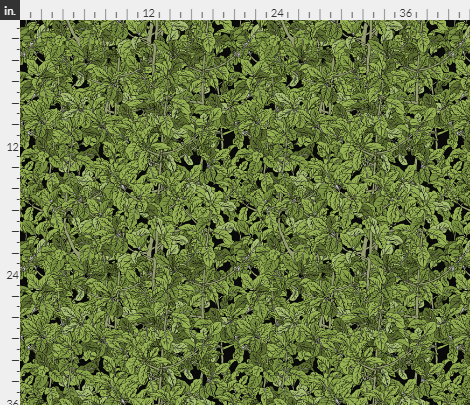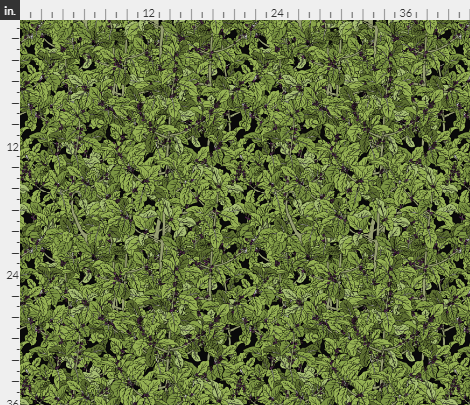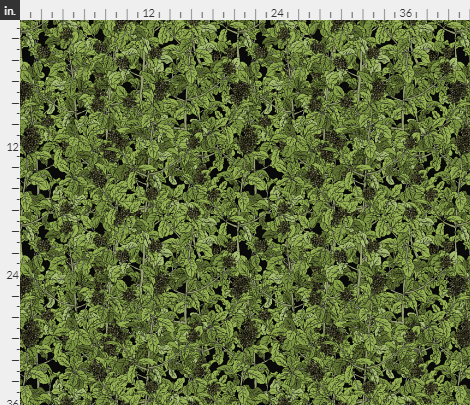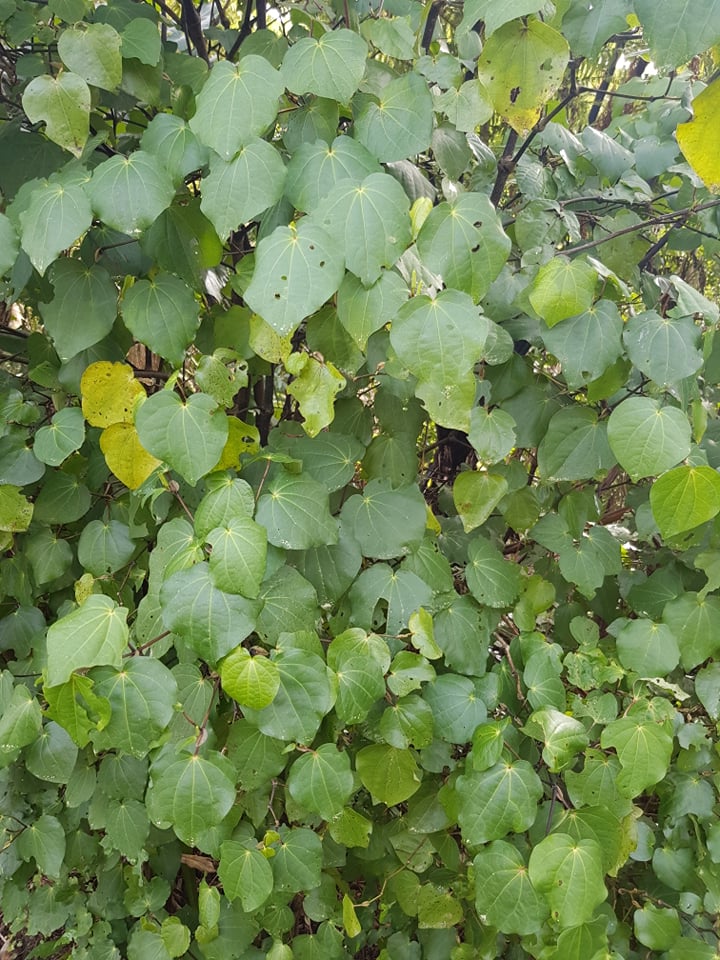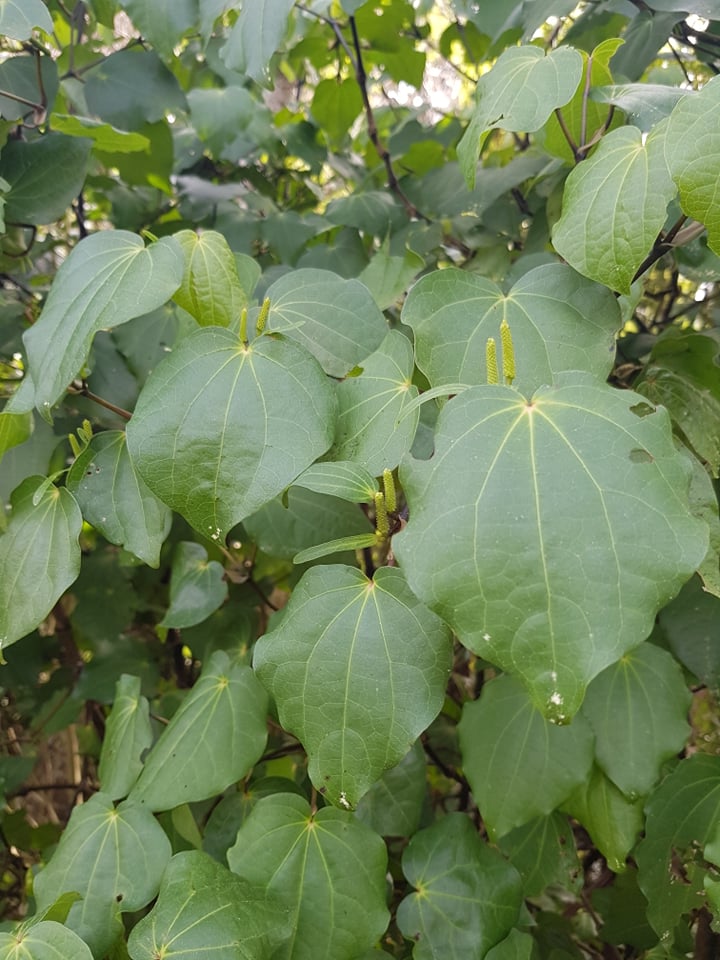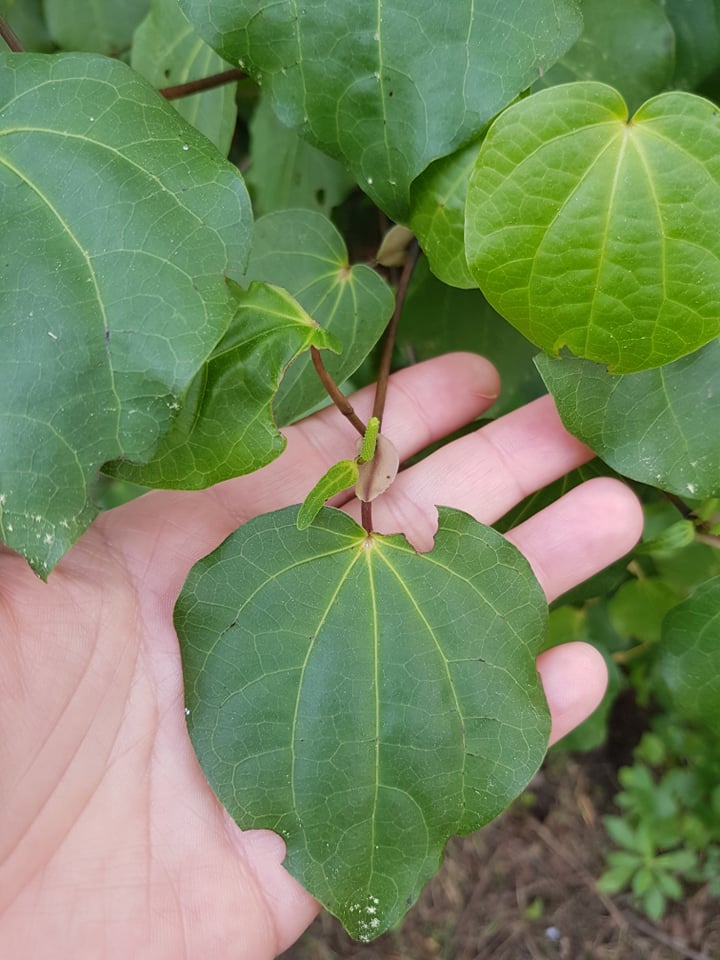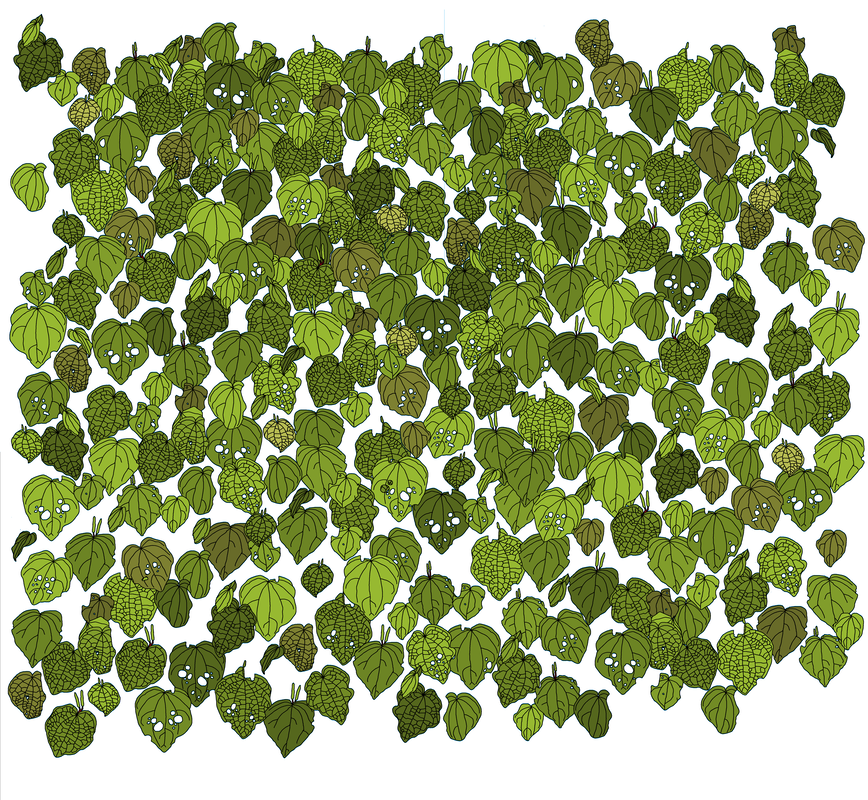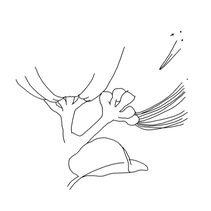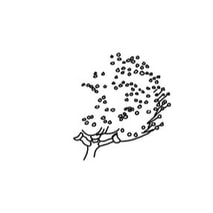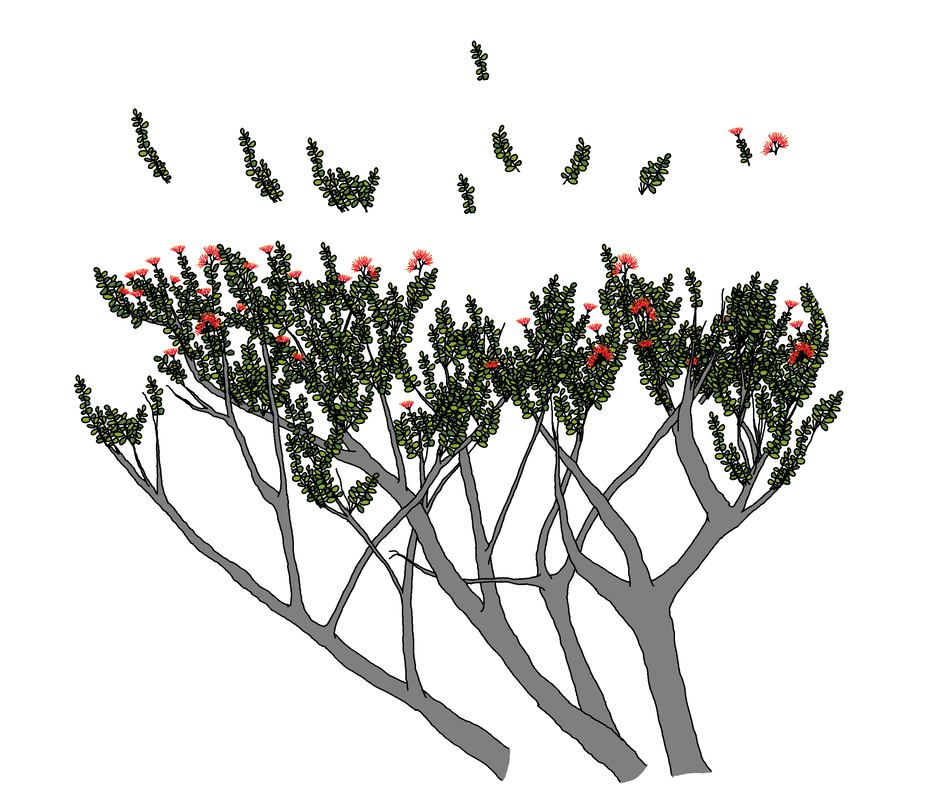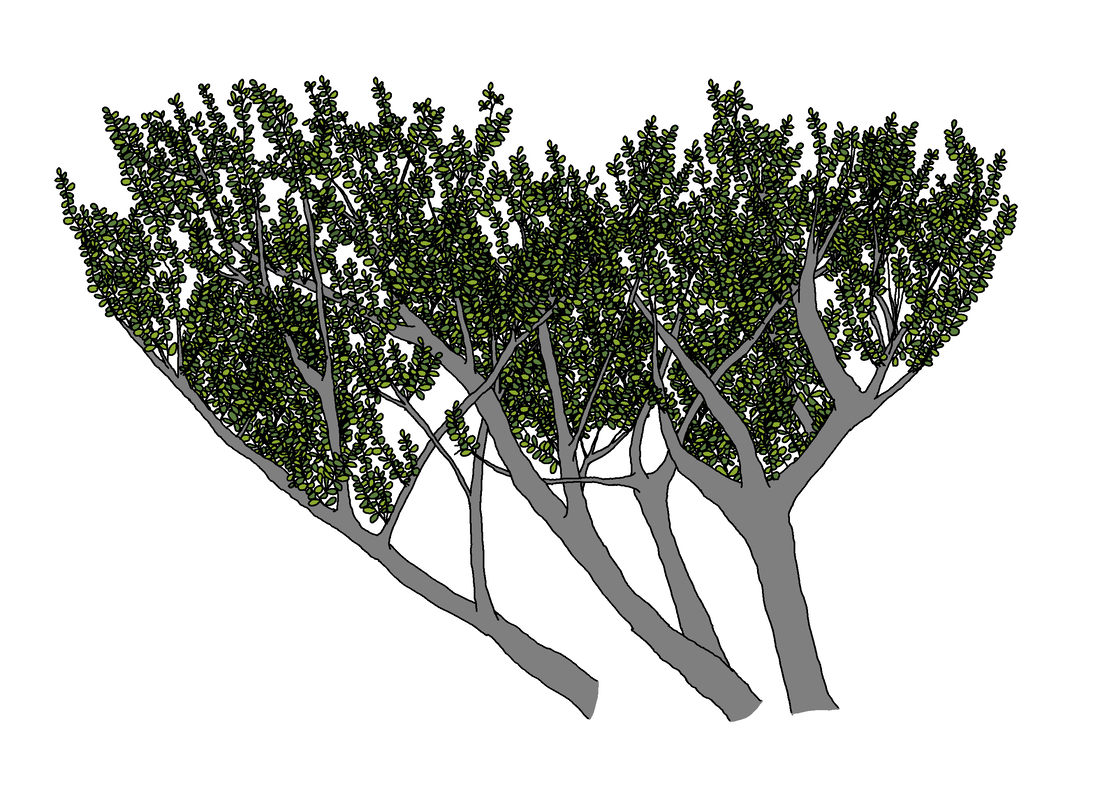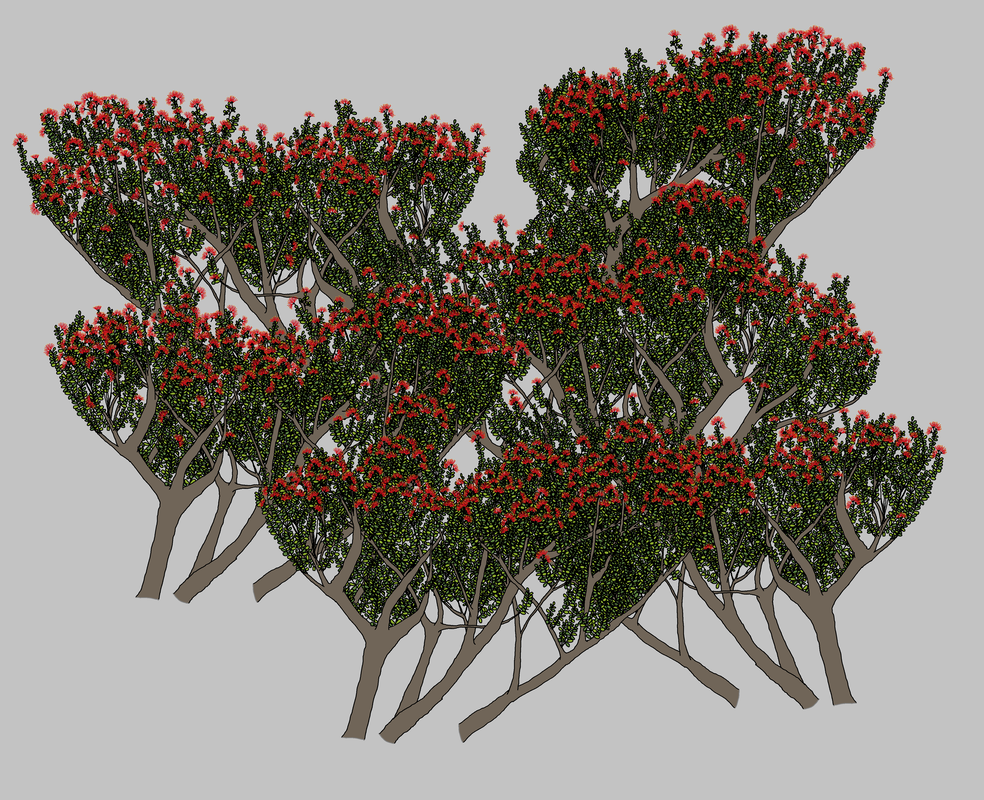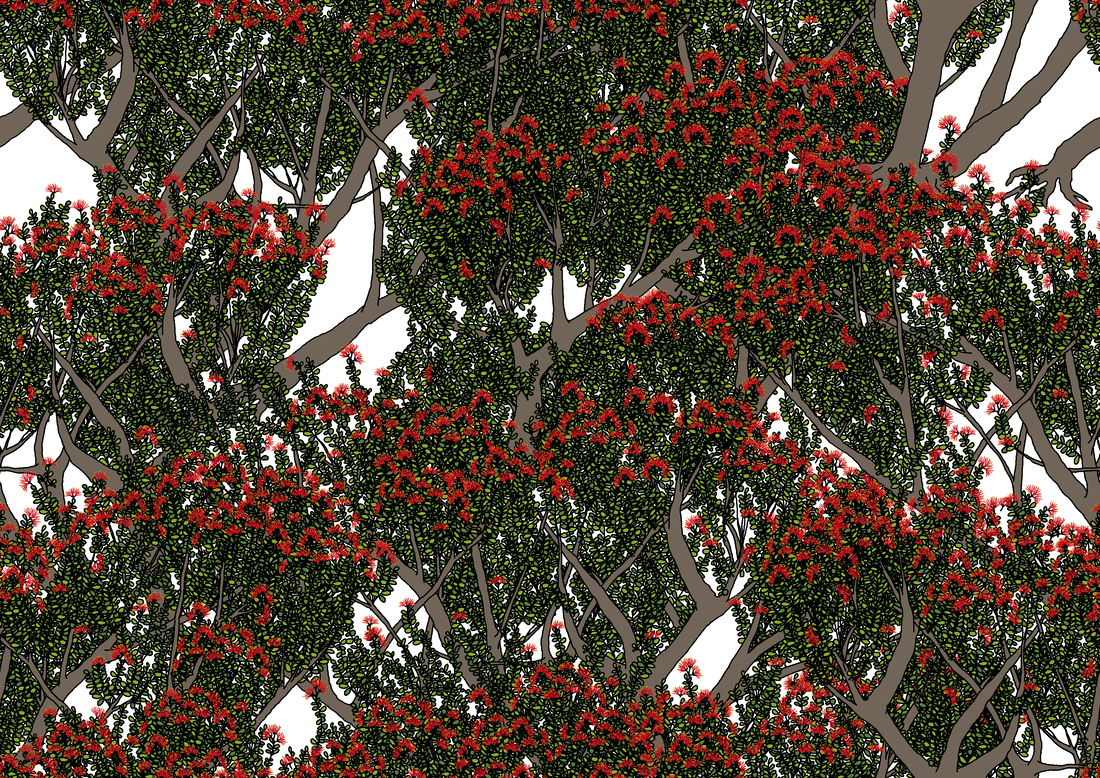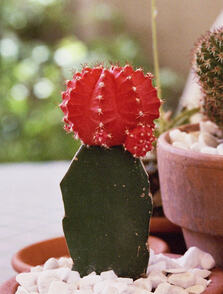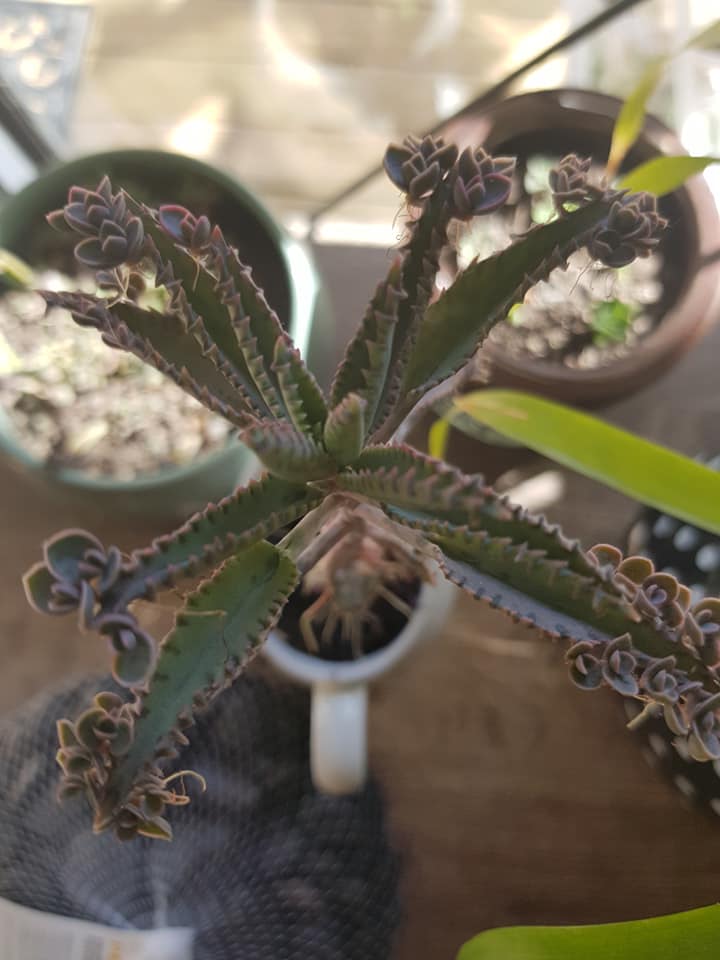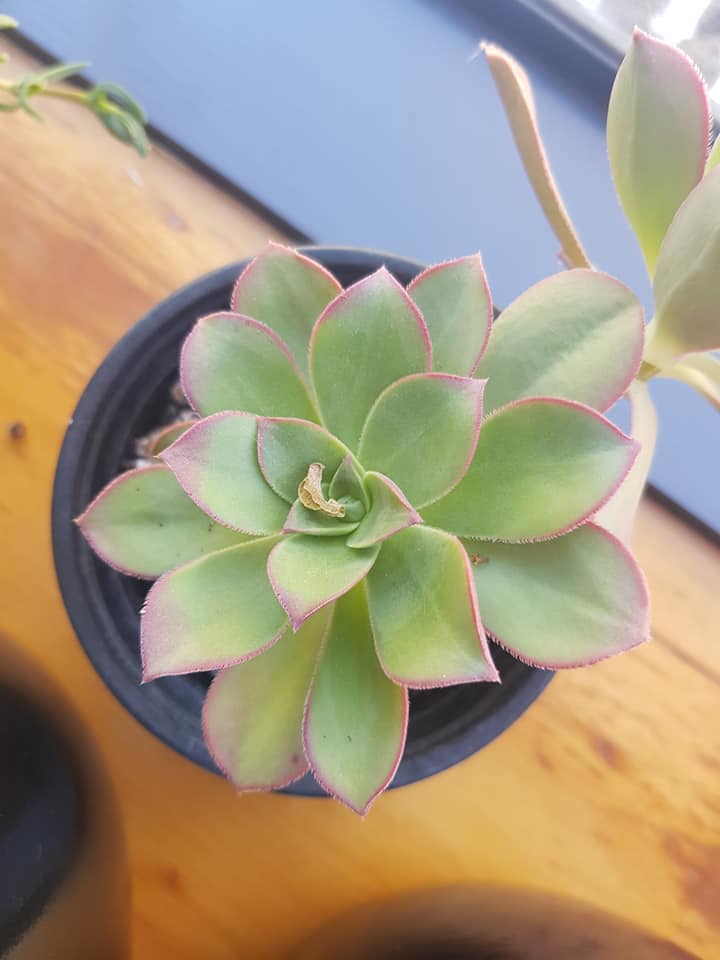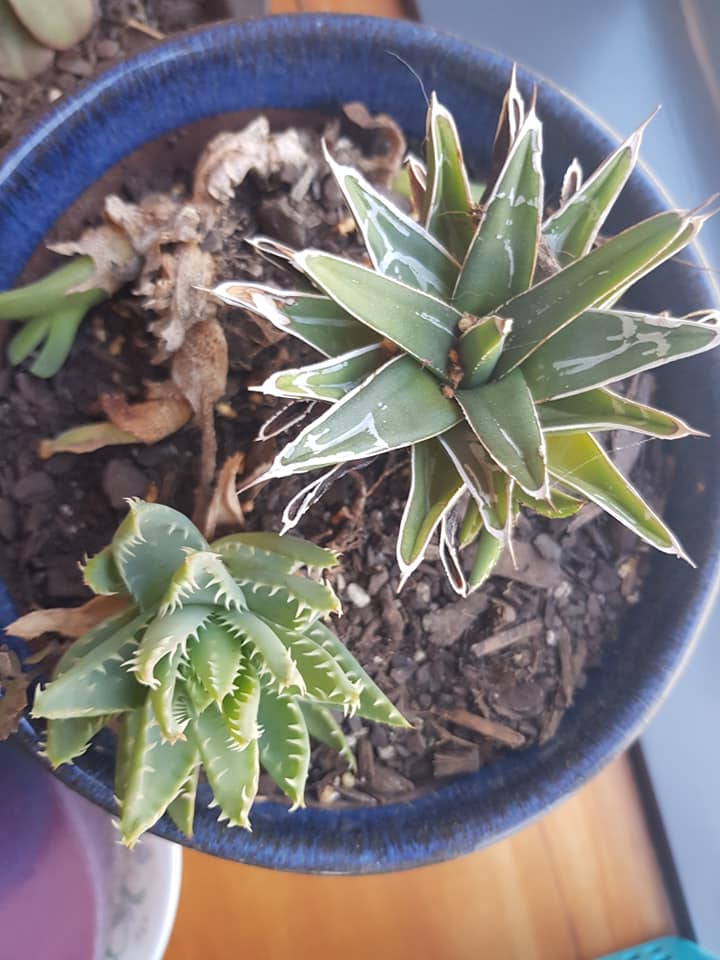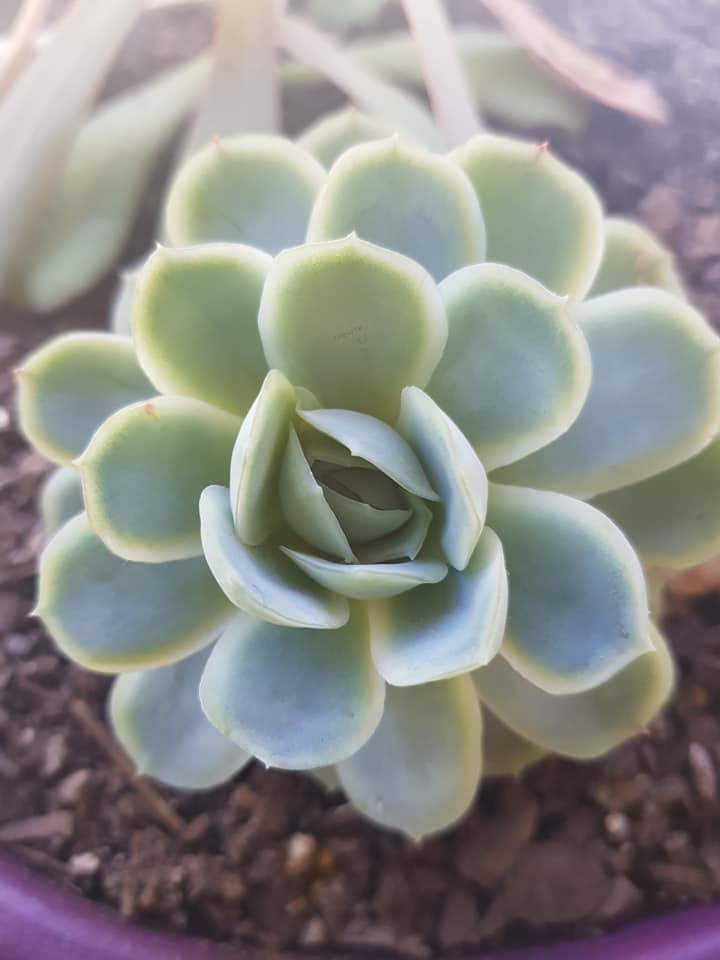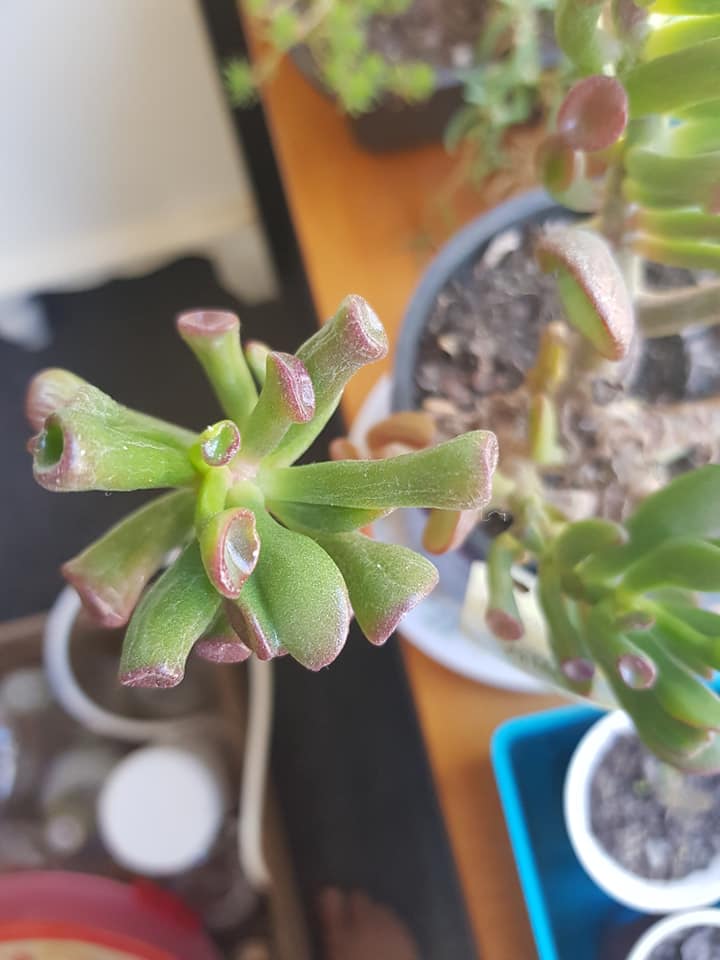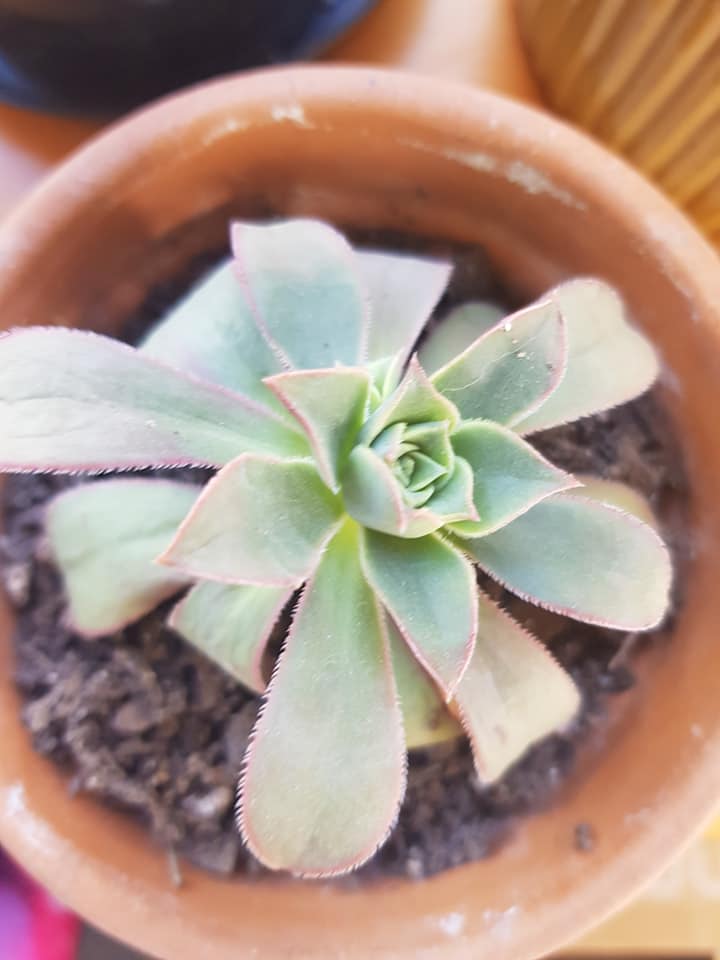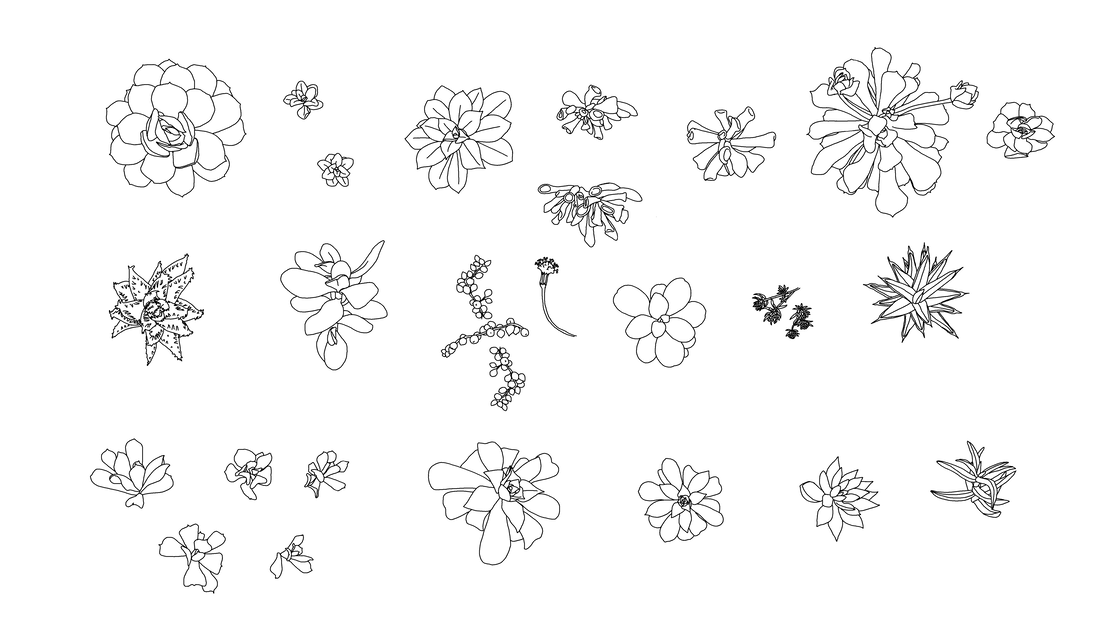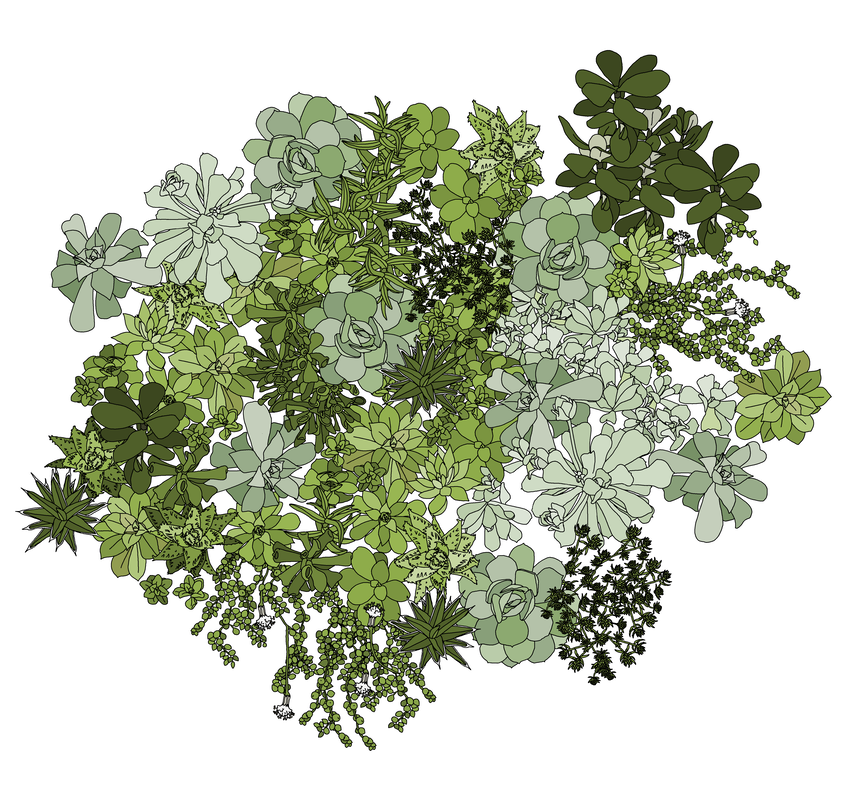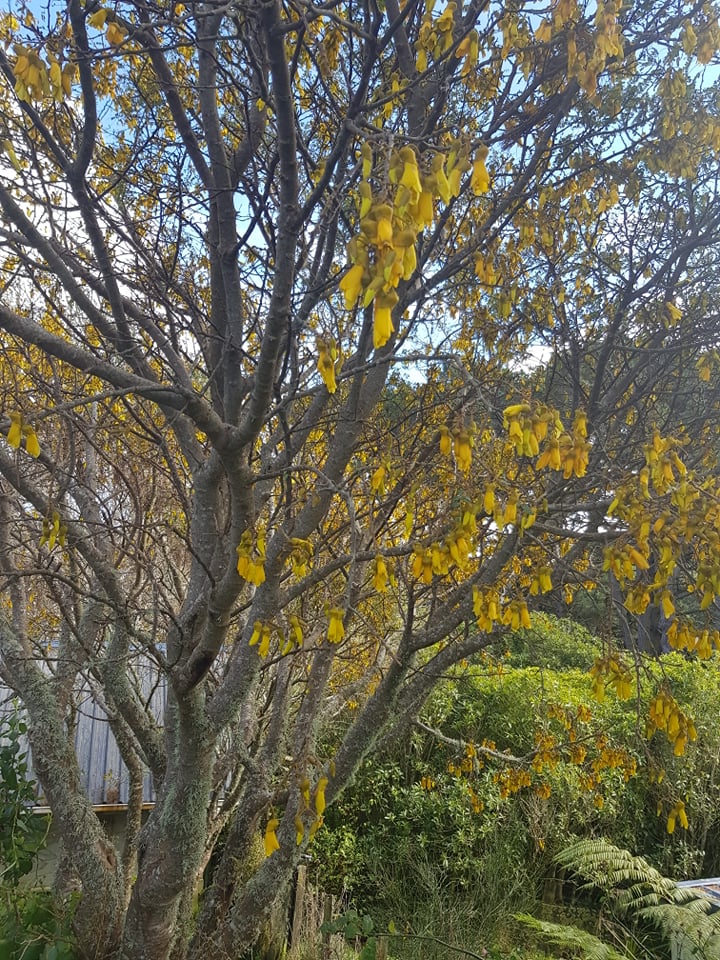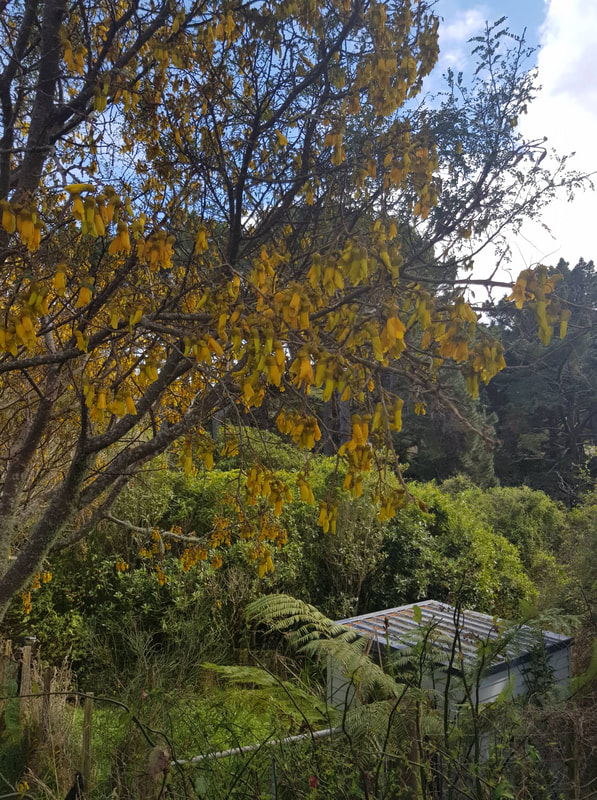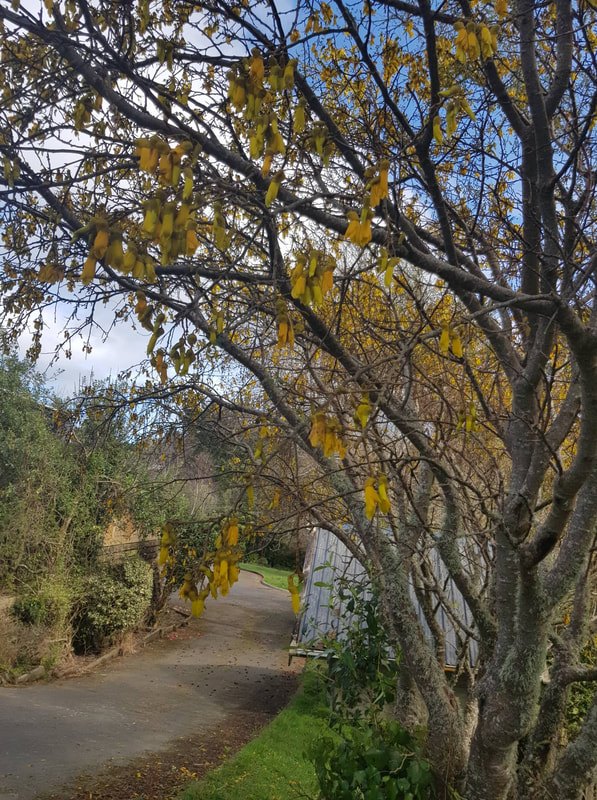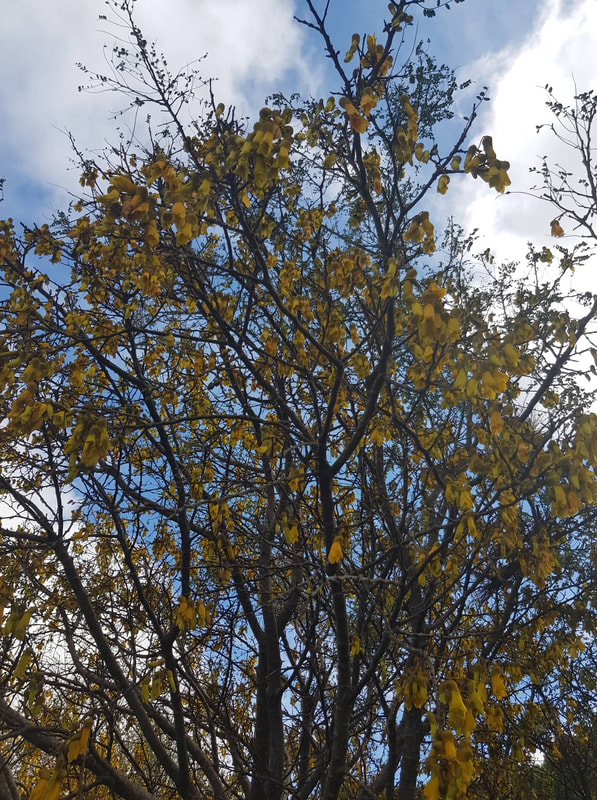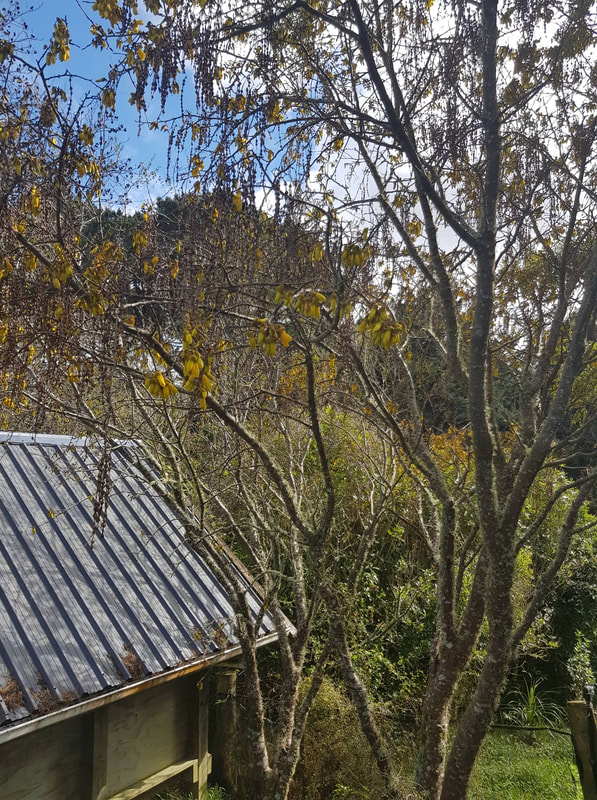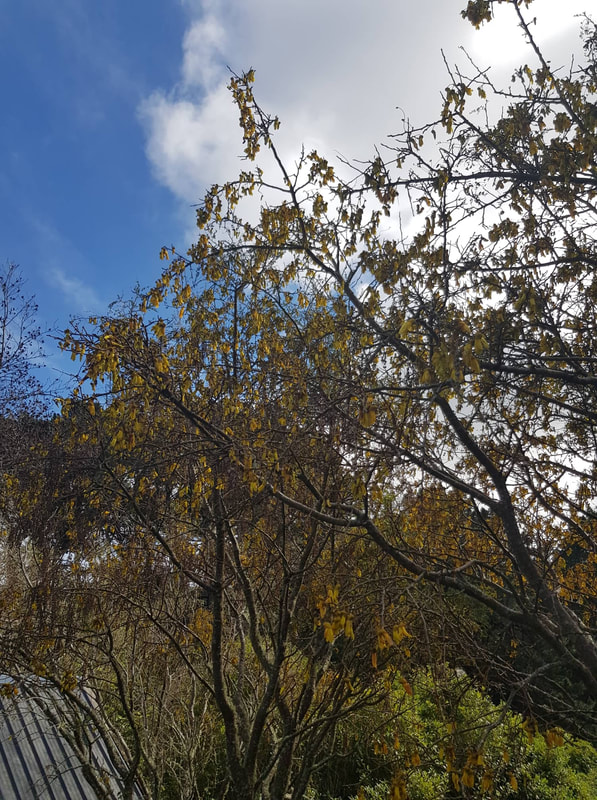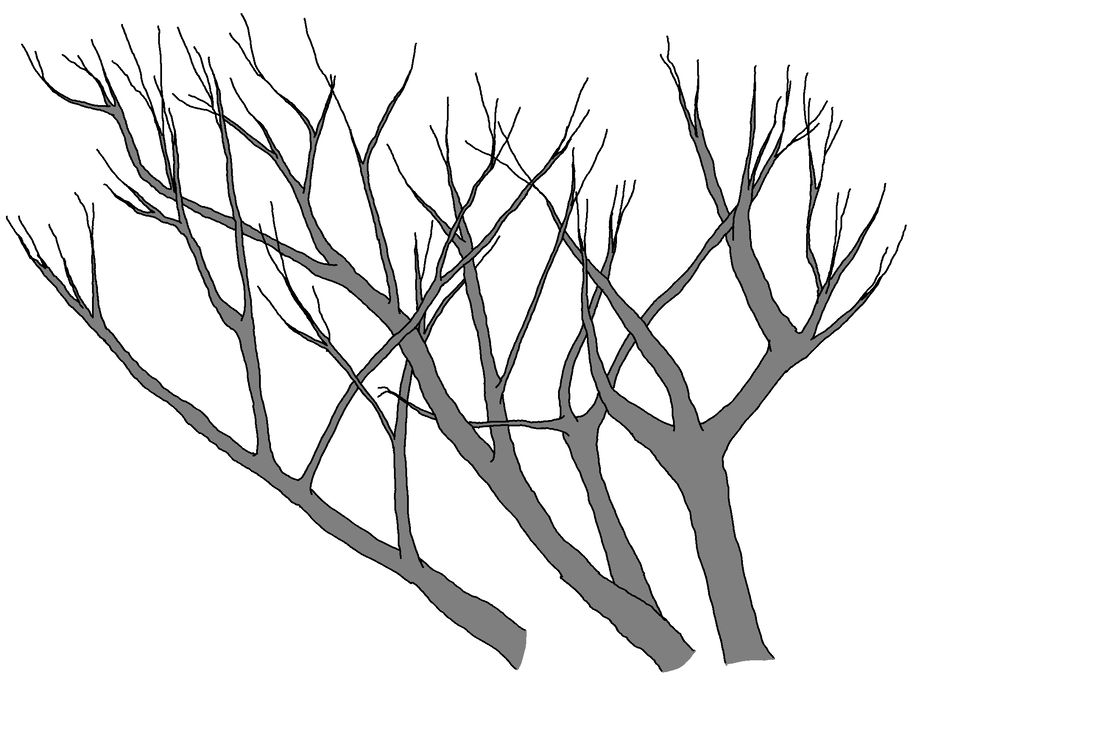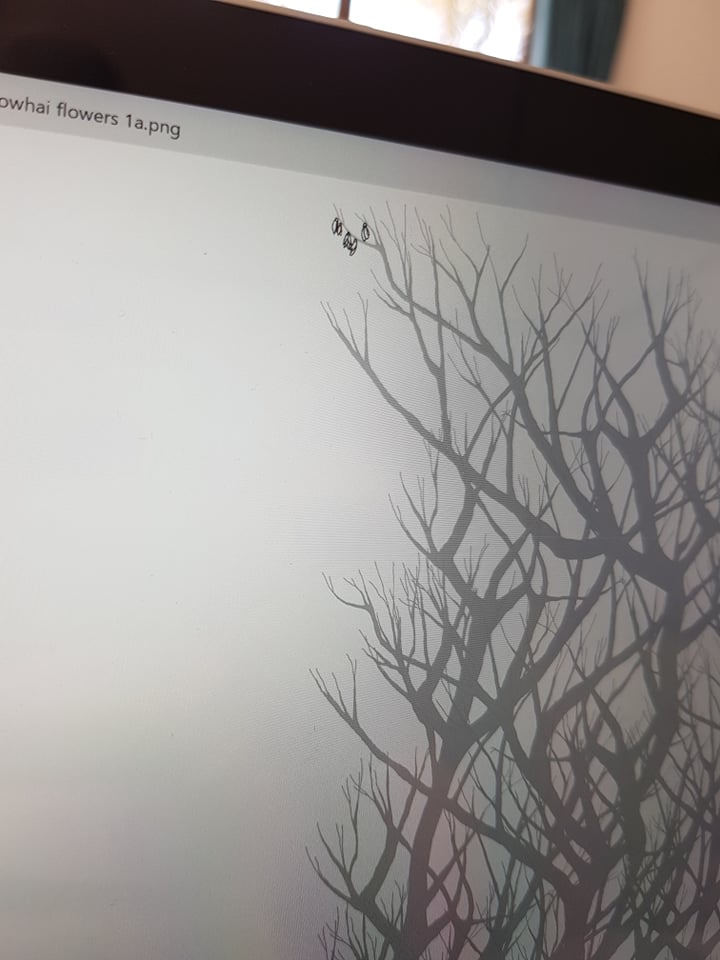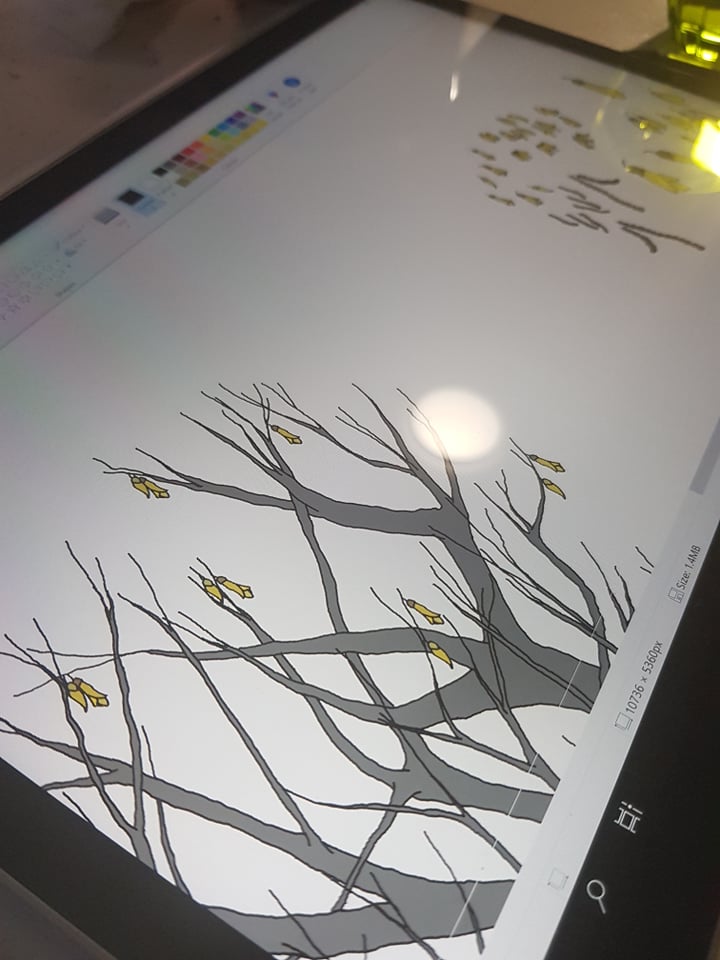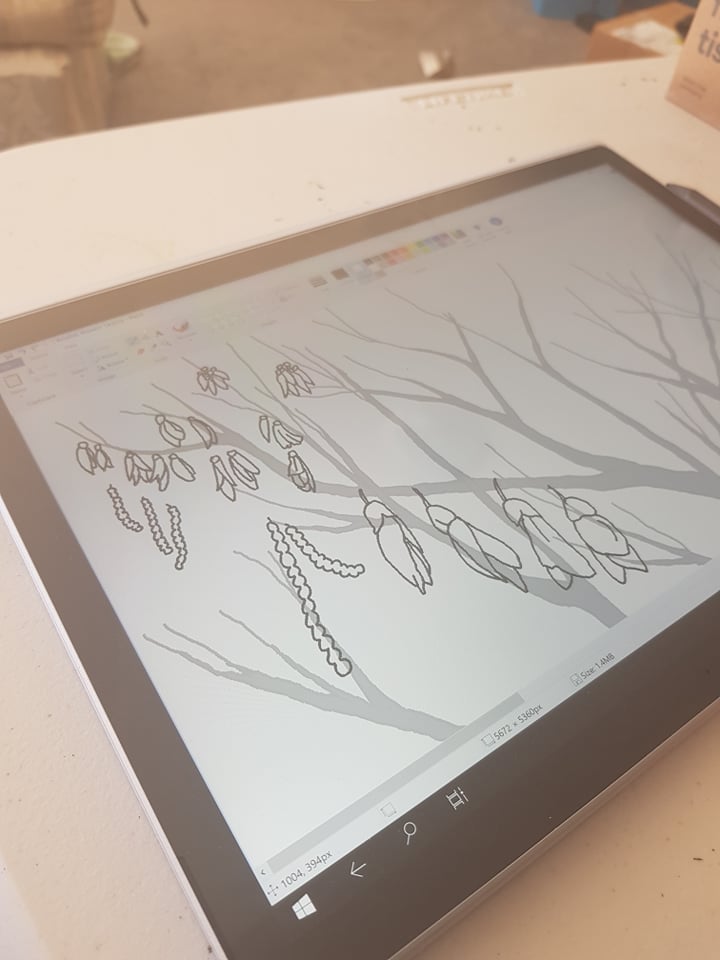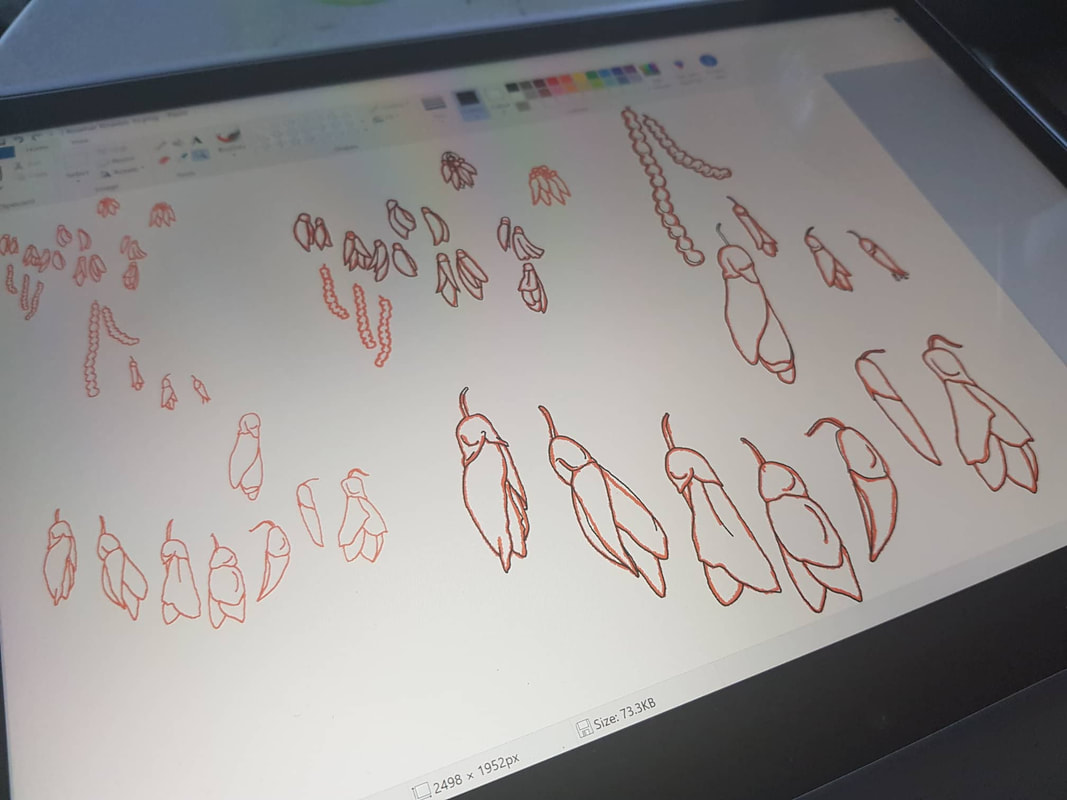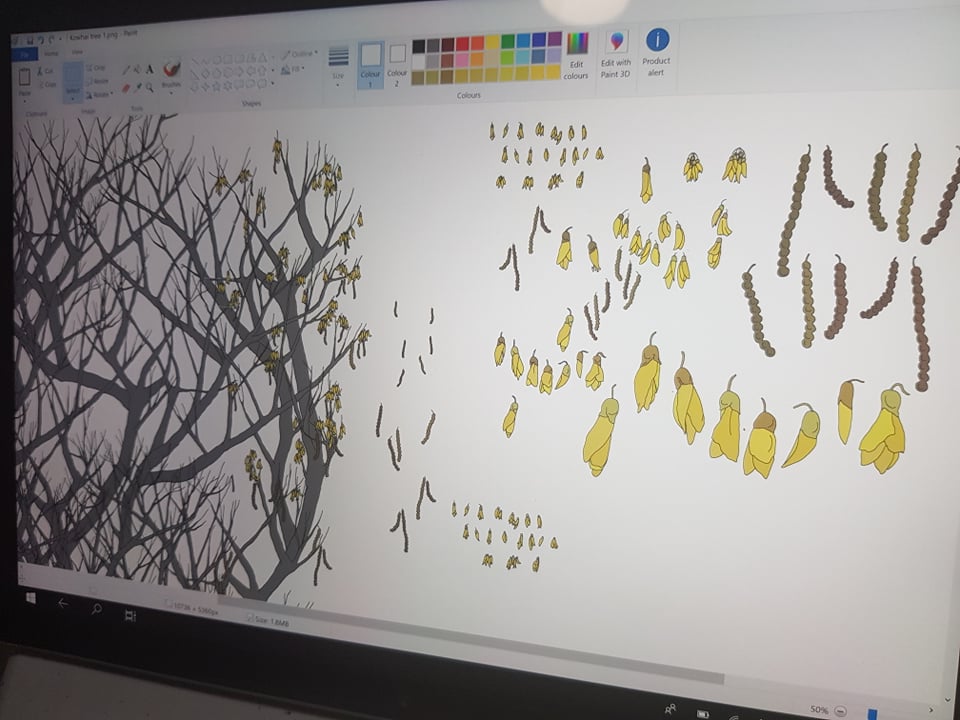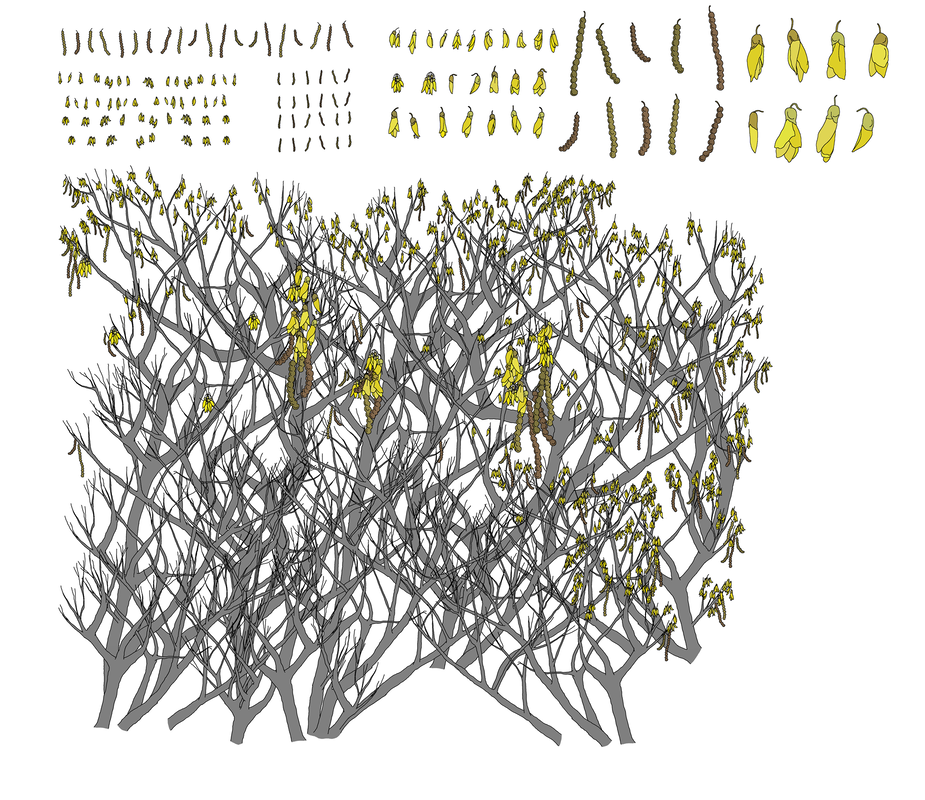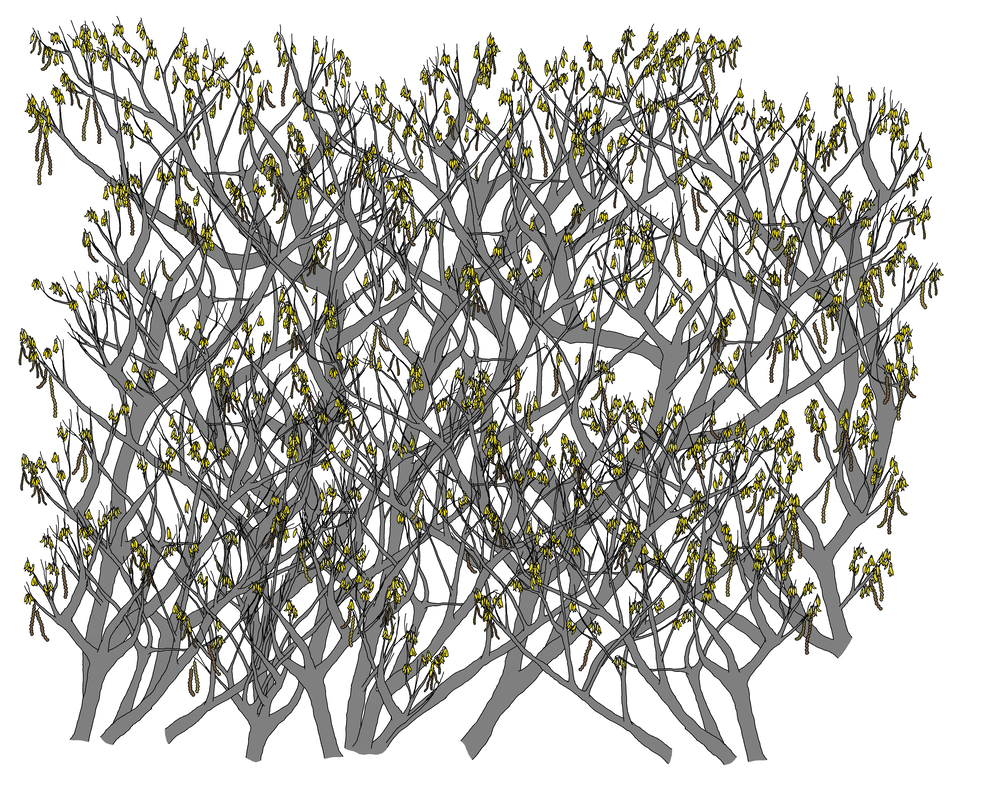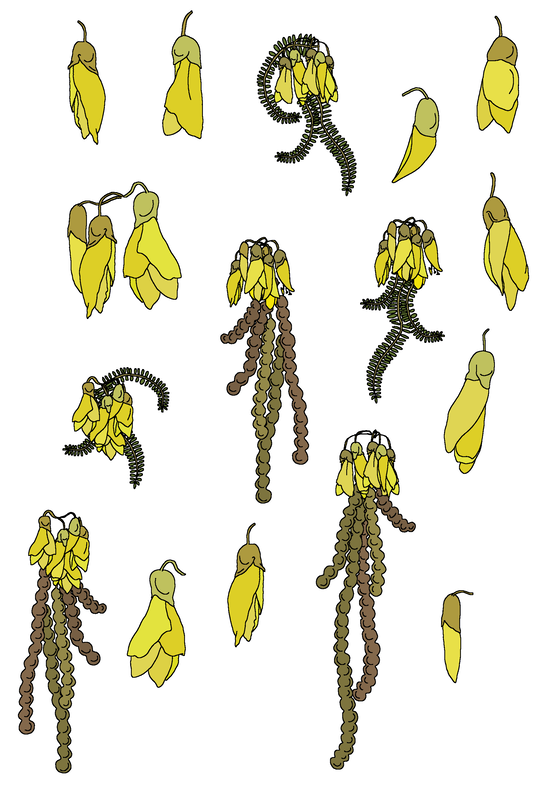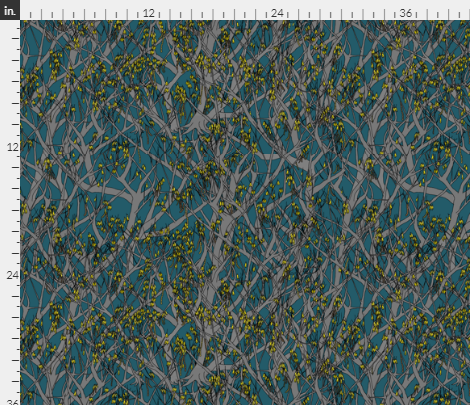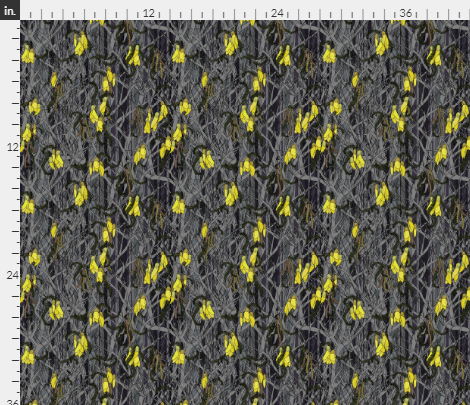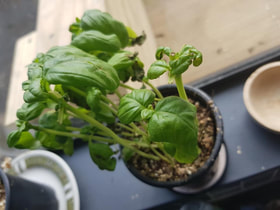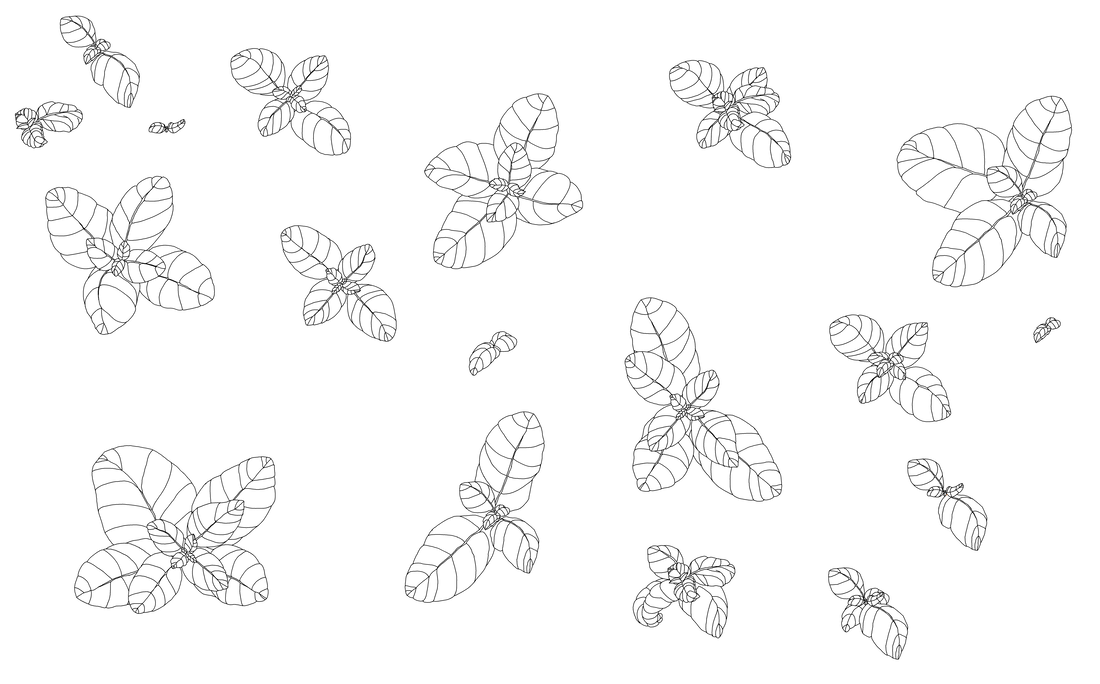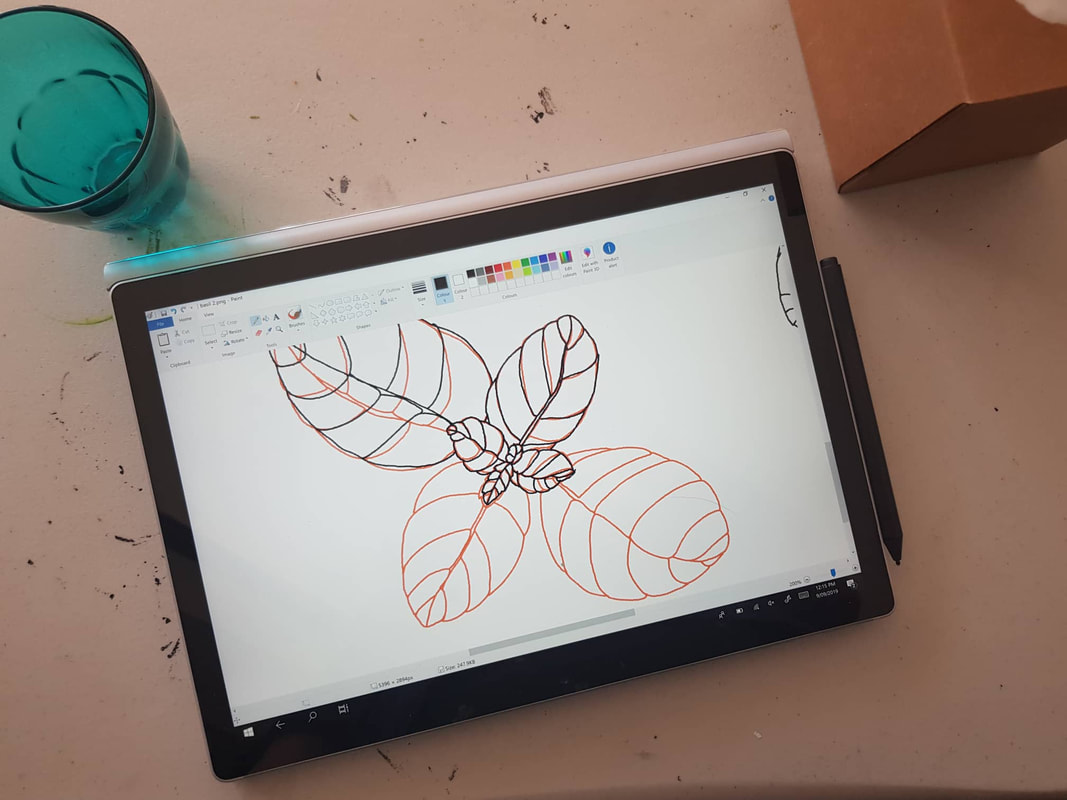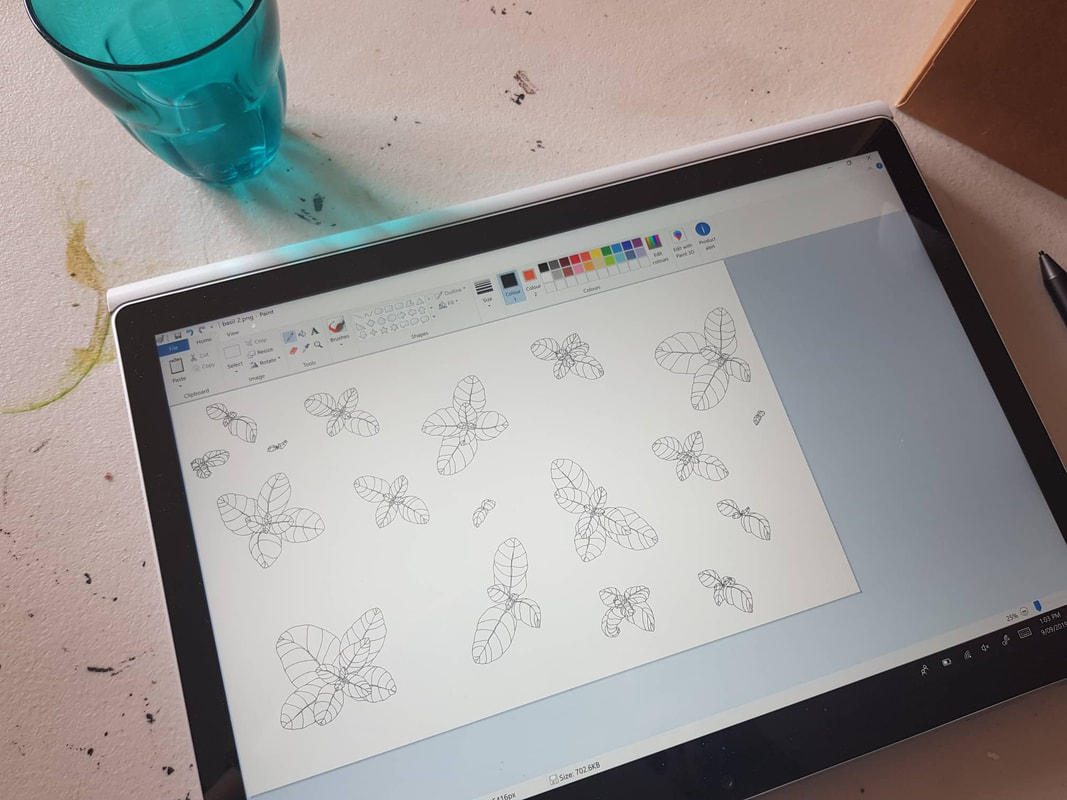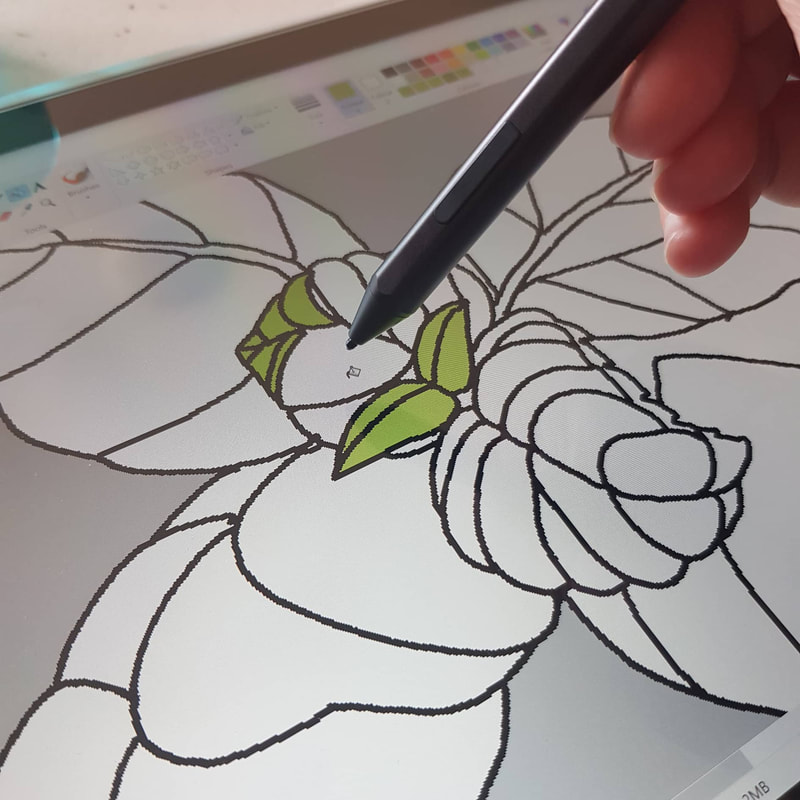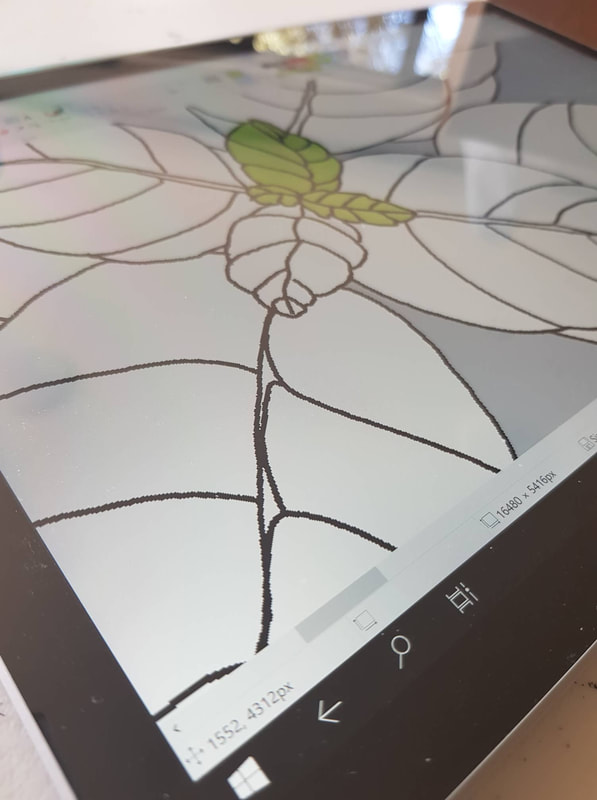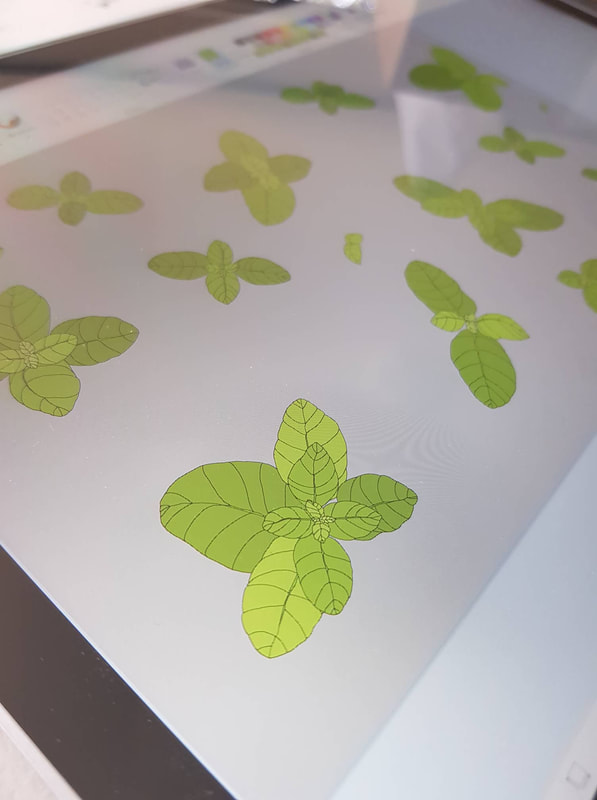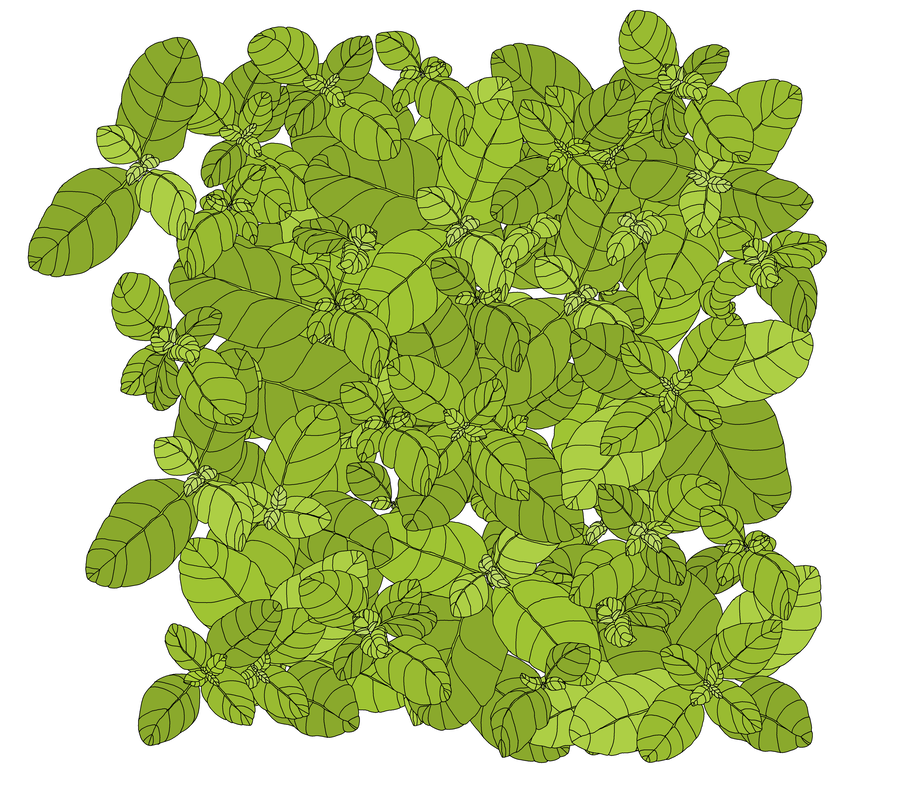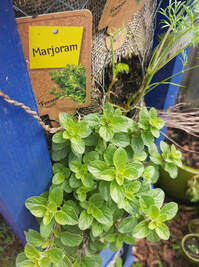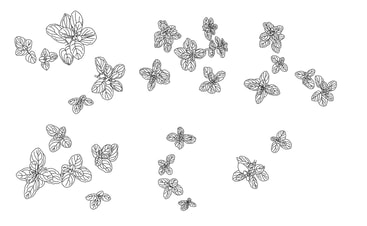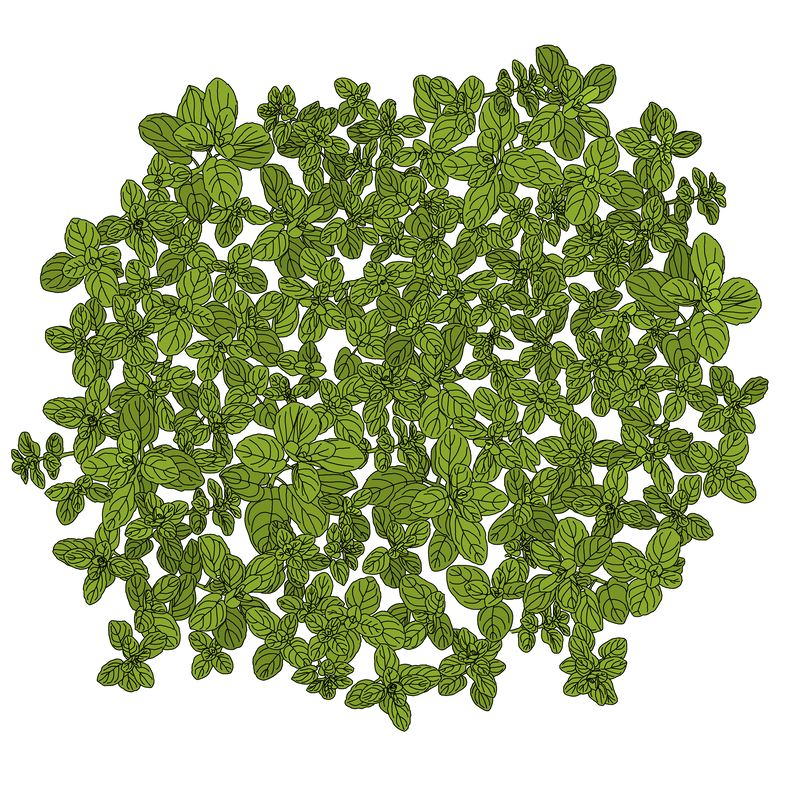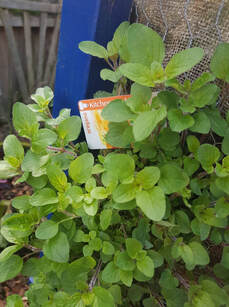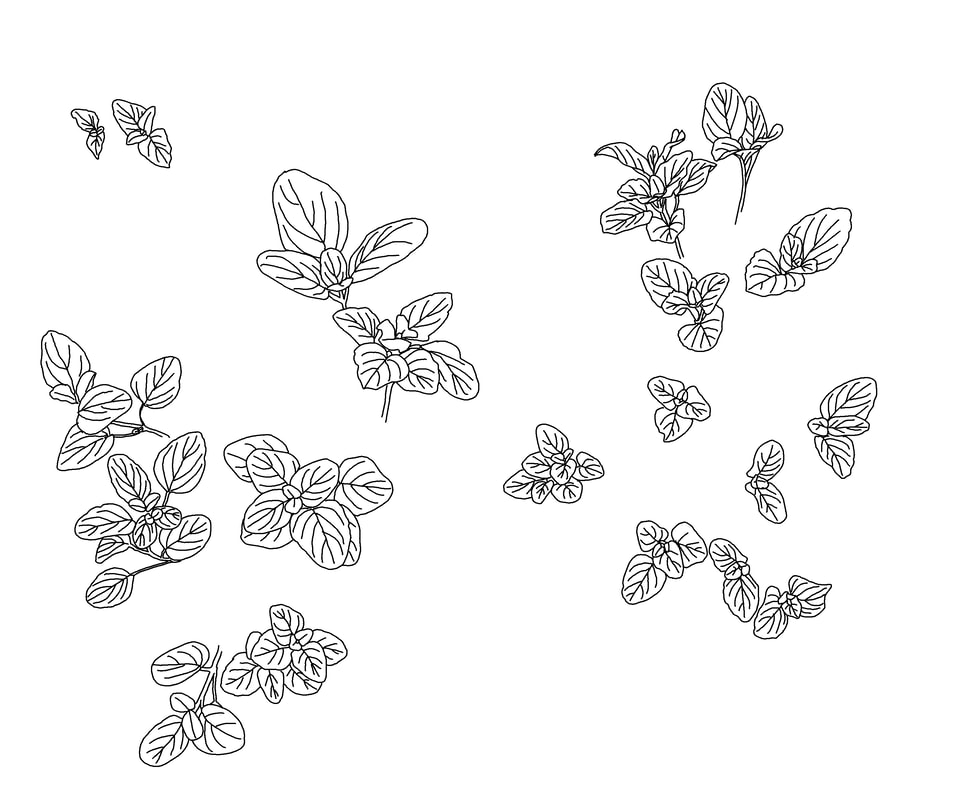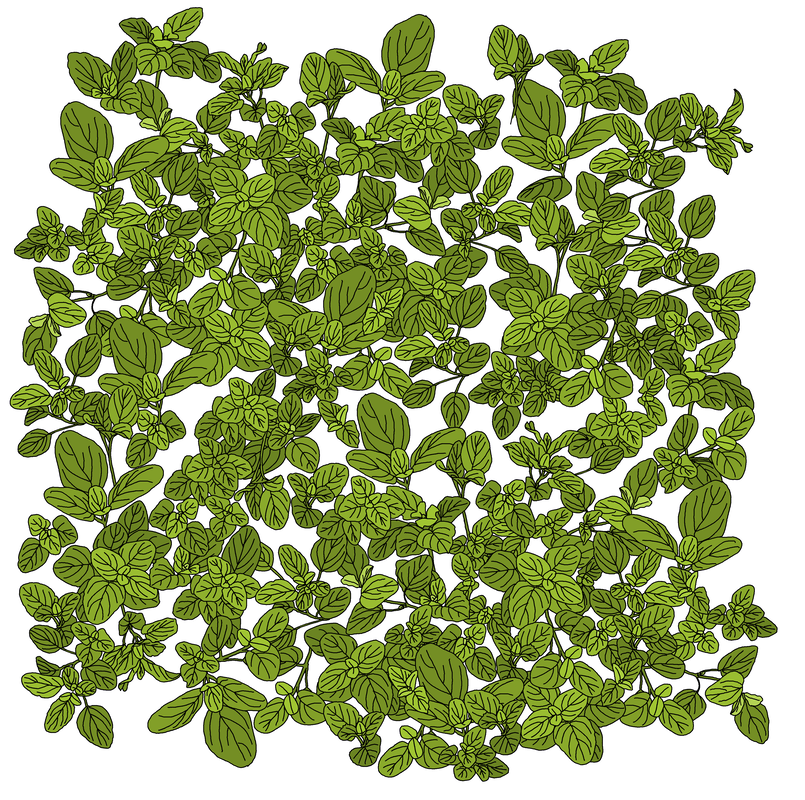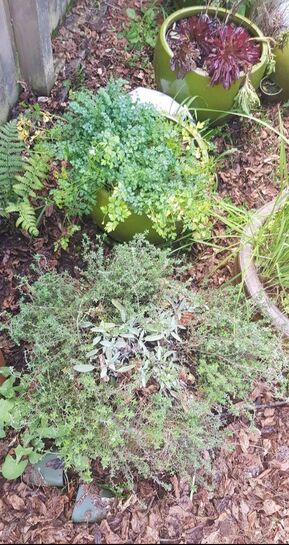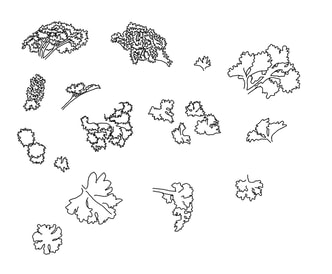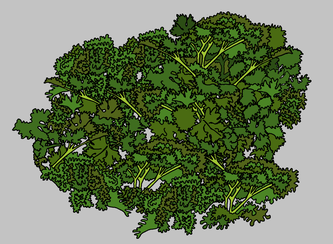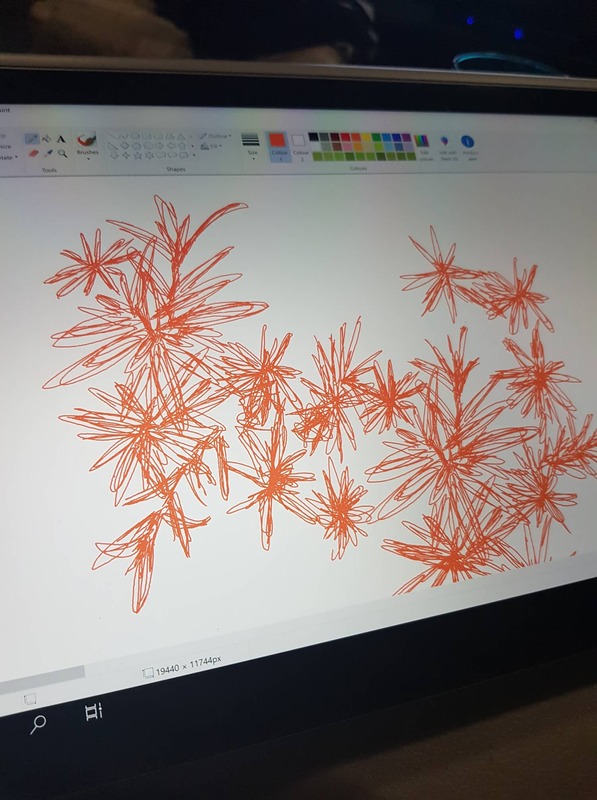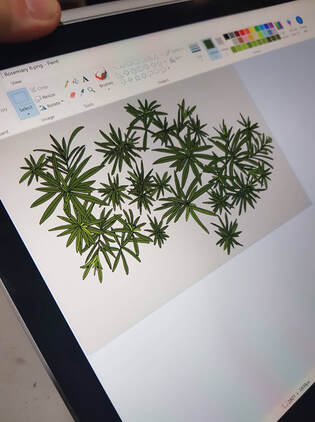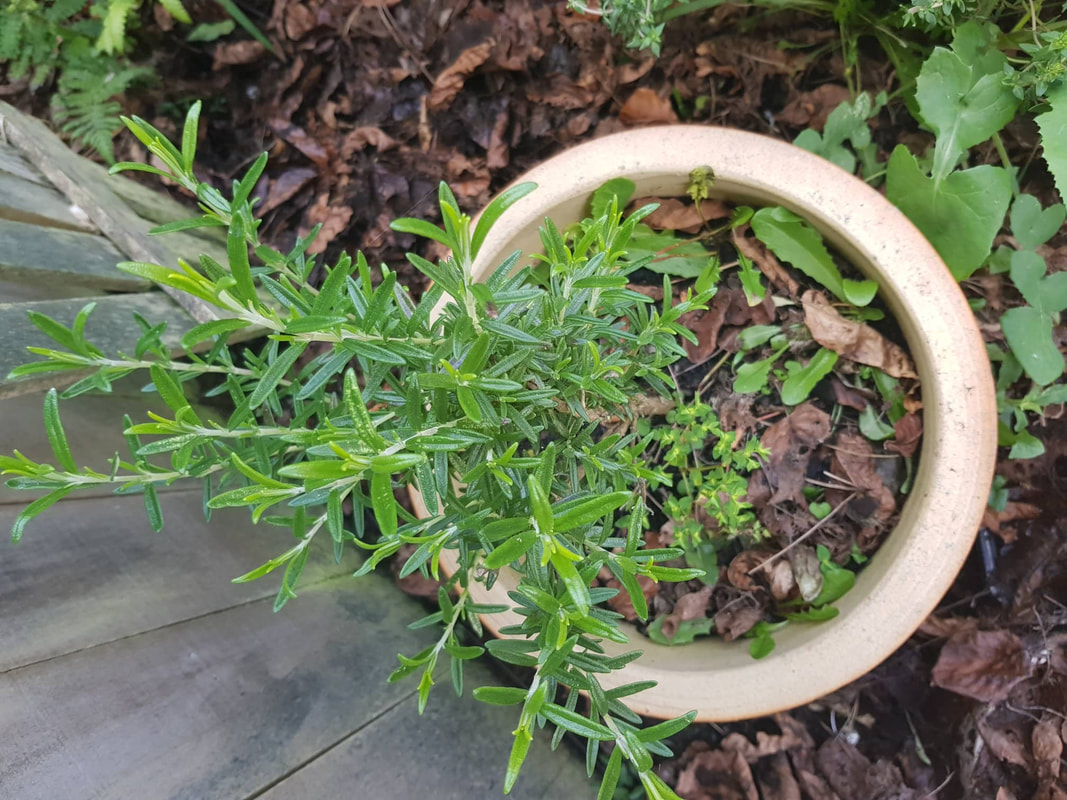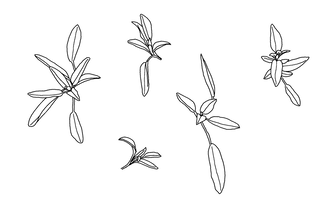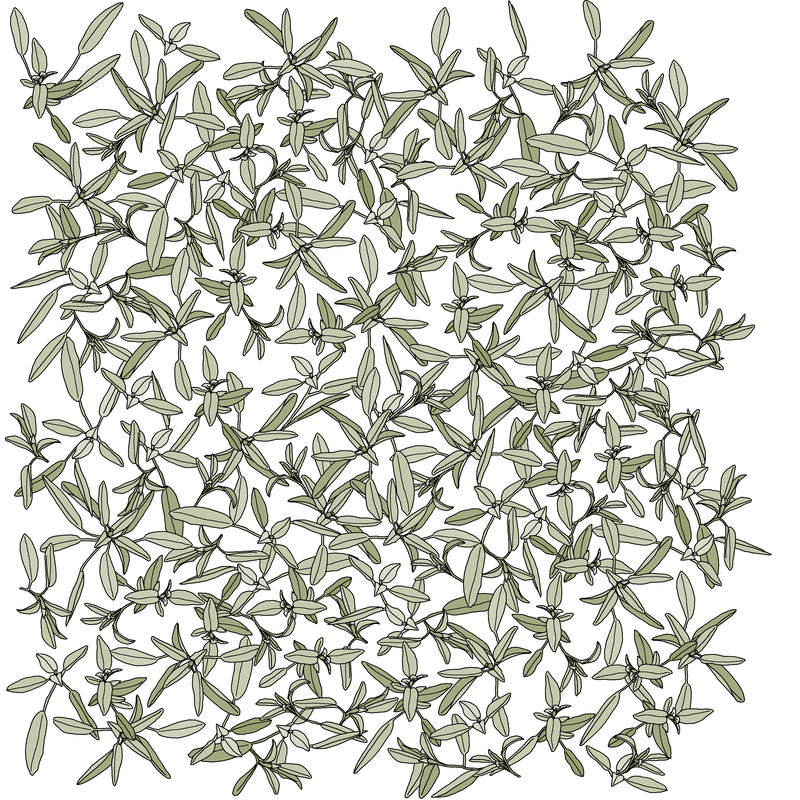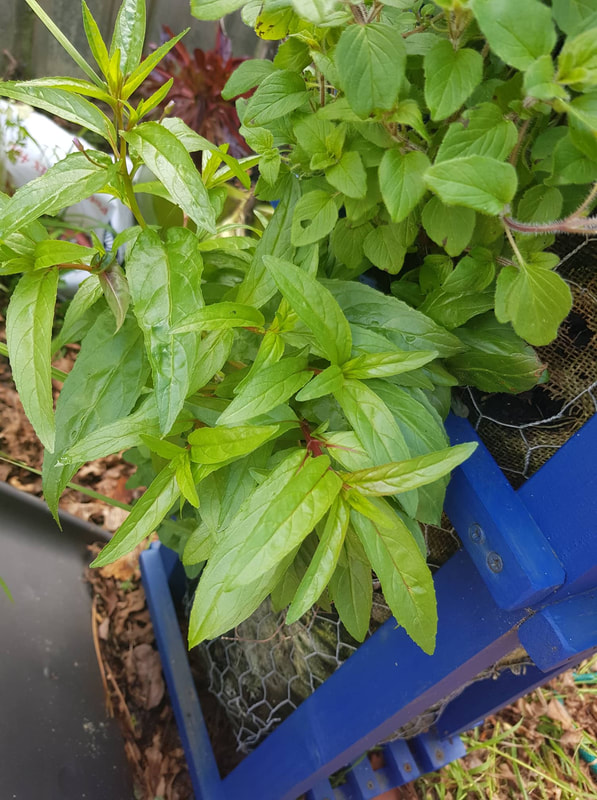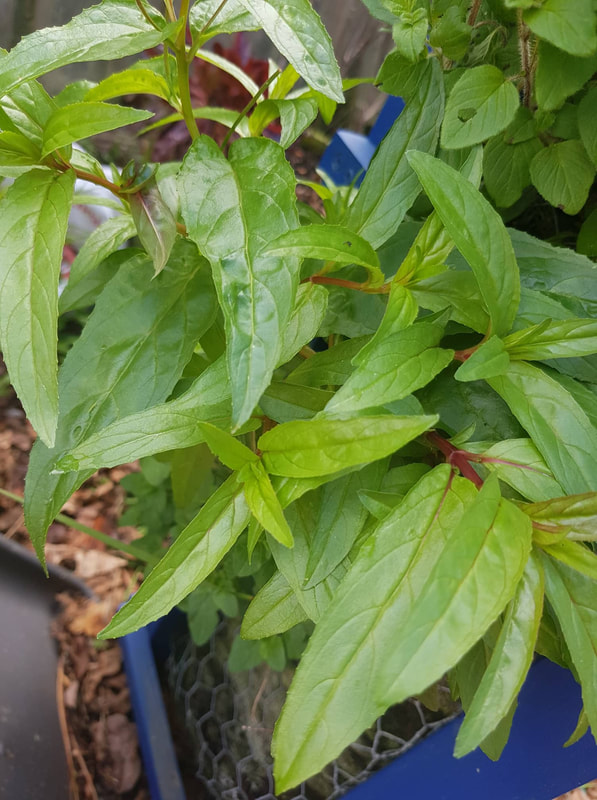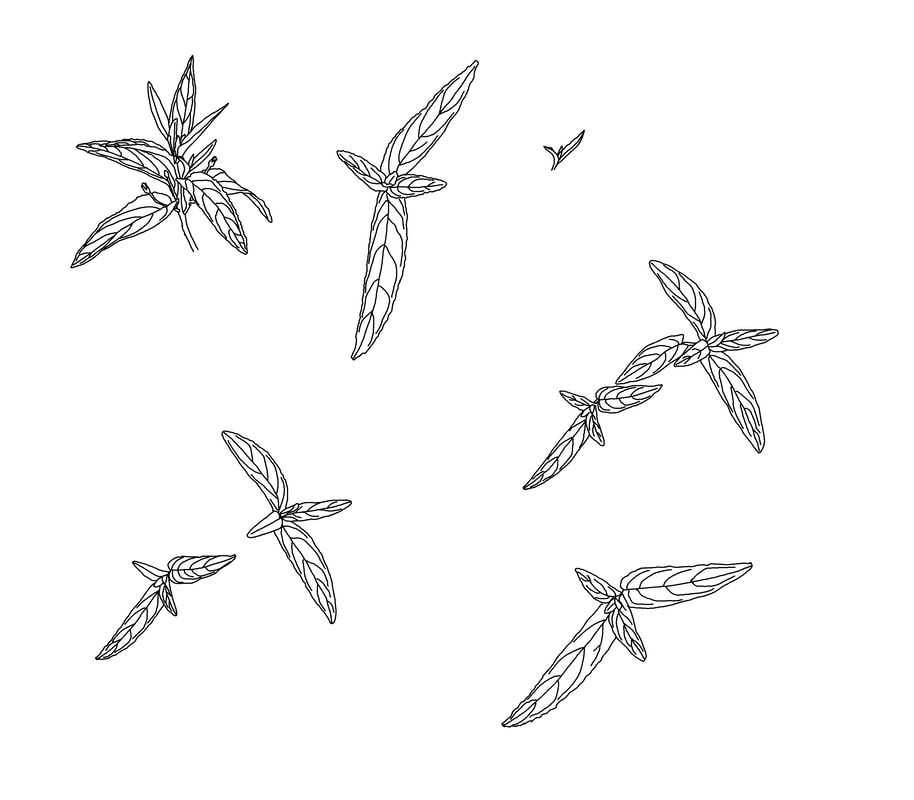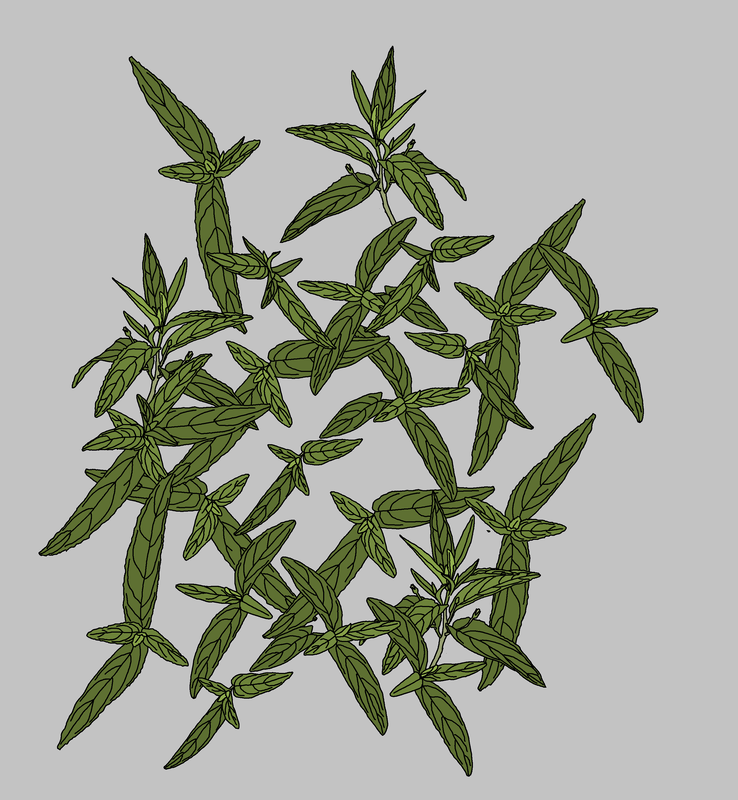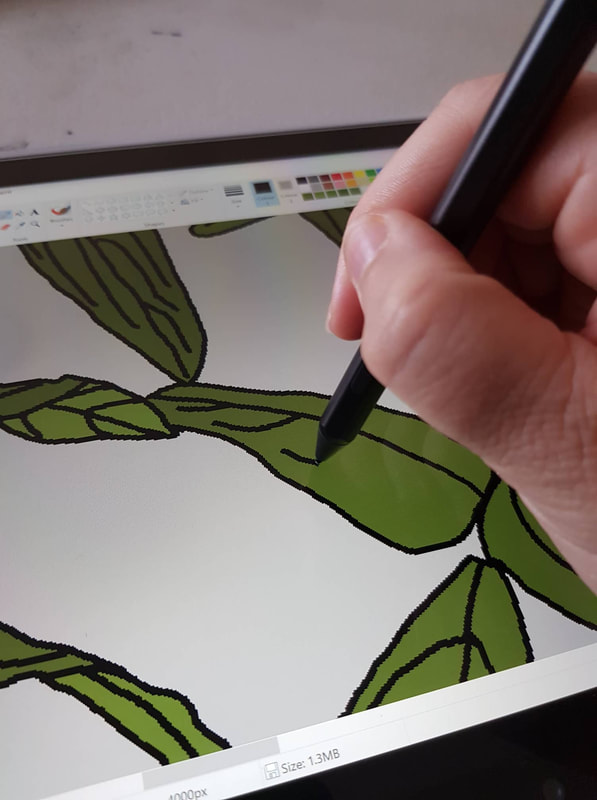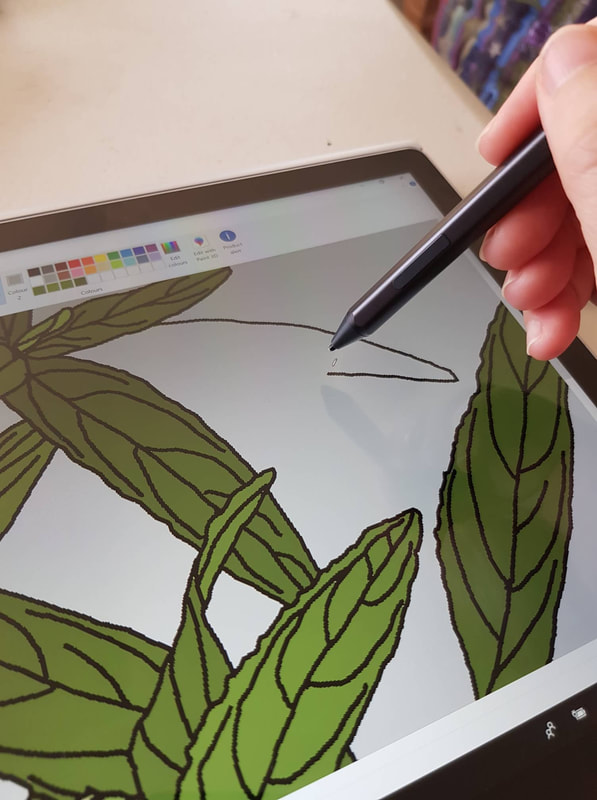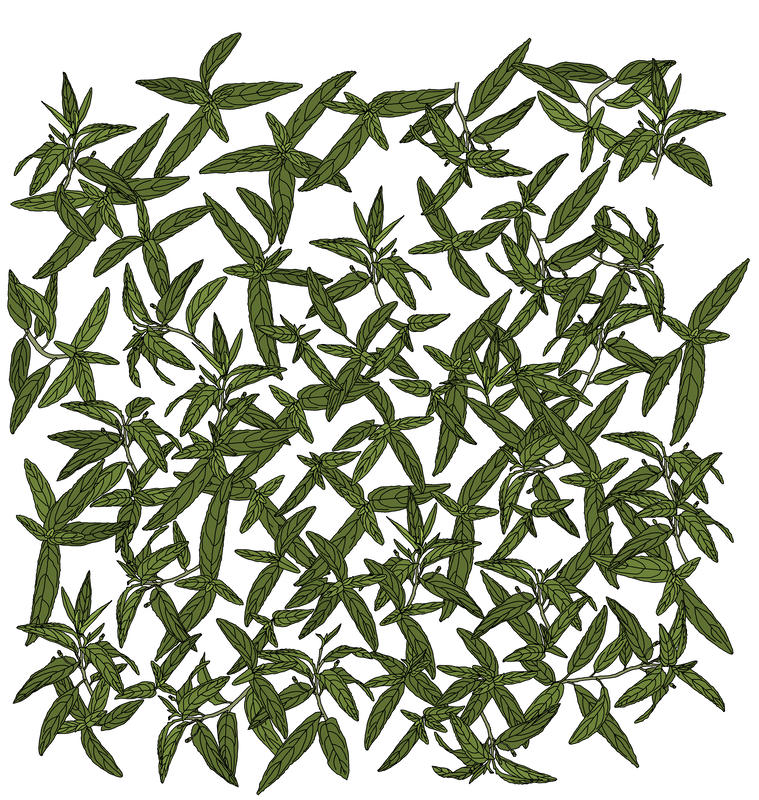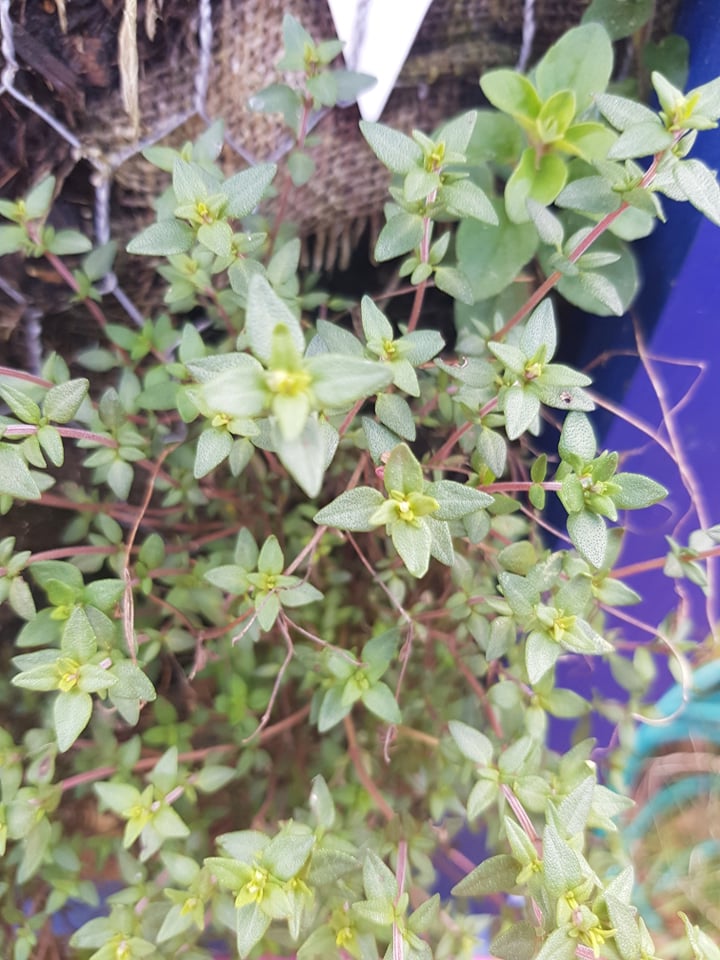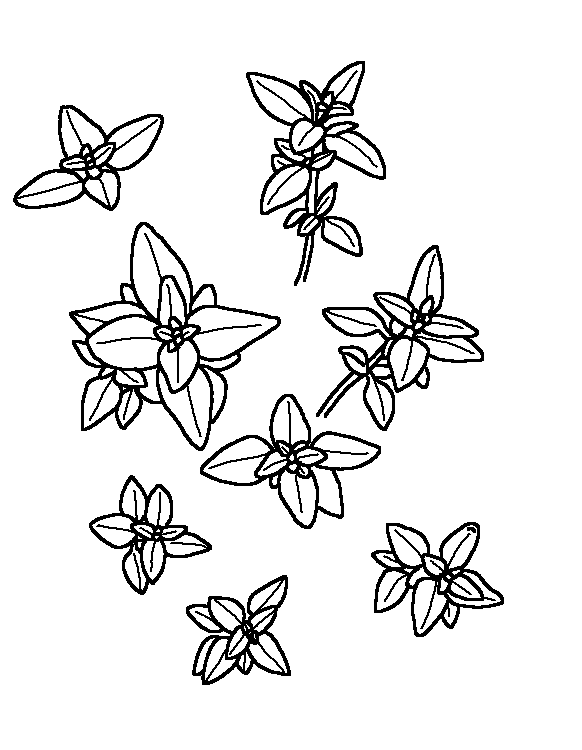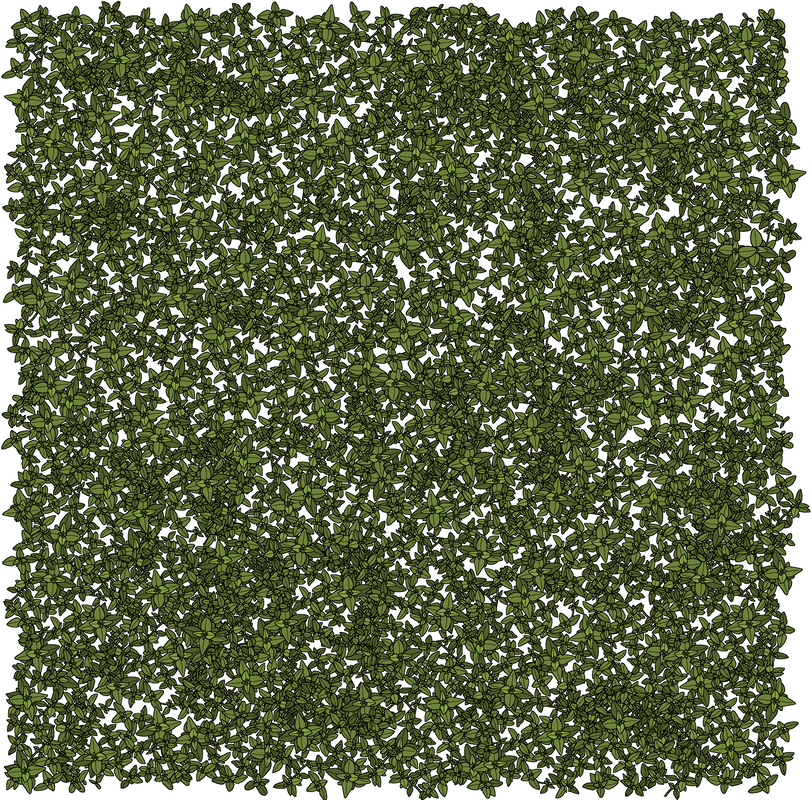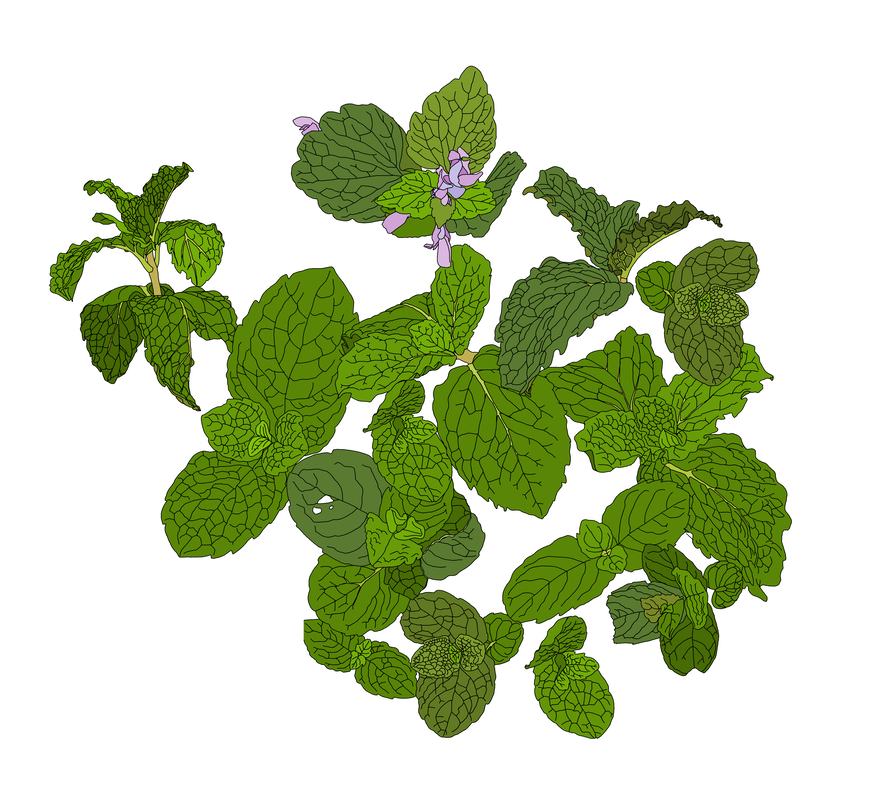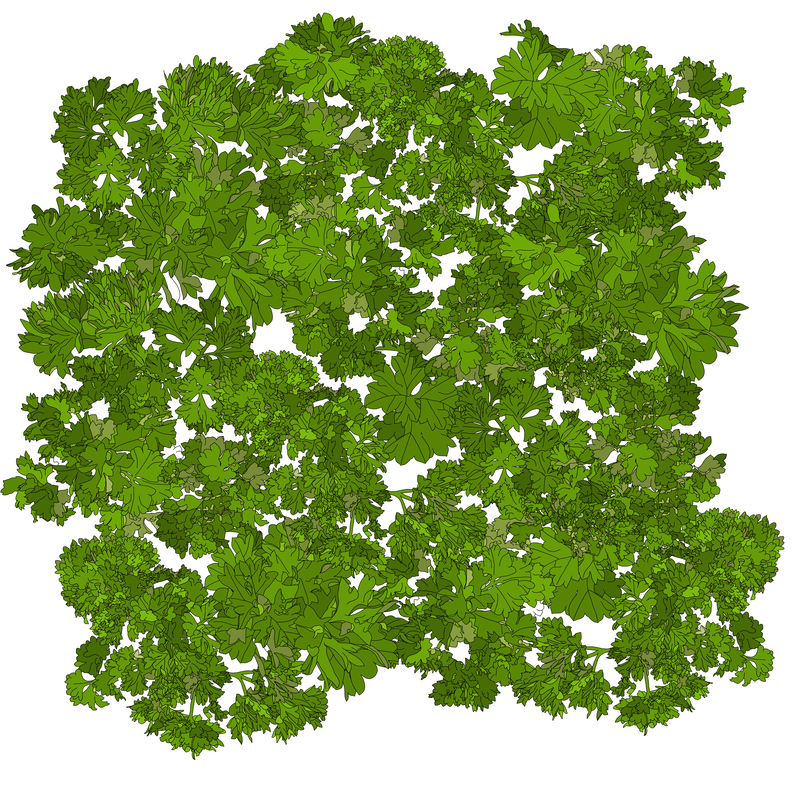It’s been AGES since I have had time to design some new stuff, and I have been jonesing for some creative time.
Our major renovations finally finished a couple of weeks ago, so we finally have our house back. We are gradually sorting through all our possessions, decluttering, and putting finishing touches on the house, but the sudden lack of pressure is huge, so I have filled the gap with a whole lot of Copper Catkin tasks – new designs, updating the blog (hi!), getting our stock online as we aren’t doing markets anymore, and doing a massive craft and market supply destash. We started last weekend, with Fabric-a-brac in Palmerston North, which was awesome.
One of our big remaining tasks for the house is the garden, and as we make small inroads, I have been taking photos in the hope that I would have some time soon to draw them.. and now, I have the time! So, first of all, let’s look at the herbs (from our garden) that I have drawn.
Basil
Basil is an absolute STAPLE in our household. We love it fresh in salads and sandwiches, cooked on pizza, made into pesto, or cooked into pasta sauces. Last summer, our basil plant went NUTS, but of course, the first frost killed it, so we have been using the little supermarket plants while we wait for basil weather again.
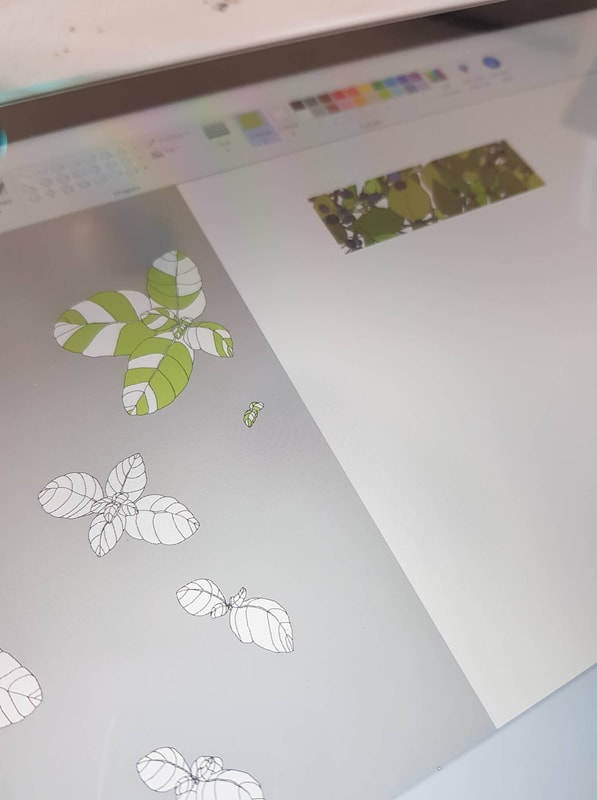
In this picture, I am matching the basil colours to the leaves in my blueberry bush design, so that the colours are consistent across all of the new designs.
Marjoram
Marjoram is one of the basic herbs that I have used in pretty much everything I cooked for a lot of my life. My cuisine style, growing up, was strongly influenced by French and Italian cooking traditions (given that I grew up in Europe).
Oregano
Oregano and marjoram are remarkably similar, visually, so I have made sure that I leave the labels in with all of the herbs in our vertical planter. I can almost smell the fresh, sunny herb smell through the screen.
Parsley
Parsley is one of the herbs I have struggled to draw – our Italian parsley is not in the most draw-able state, so I had a shot at curly parsley, but I am not happy with it, so it’s literally back to the drawing board on that one.
Rosemary
To draw rosemary, rather than concentrating on the leaf shape, I looked at the leaf distribution. They look a little bit like fireworks when you just sketch the layout.
Sage
I love the look of sage, even our somewhat straggly little bush. I like to tuck it inside stuffed chicken breast, as well as the traditional sage and onion stuffing for chicken or turkey. It’s very pleasing to draw, too.
Tarragon
Tarragon has recently entered our cooking lexicon, and we are enjoying exploring new options with it. Like basil, when dried, it looks (and tastes) very different from the fresh leaves.
I drew a lot of extra leaves in while I was creating the final tile repeats.
Thyme
Thyme has the tiniest leaves, so it’s hard to get the detail and the scale correct. I really want to plant it as ground cover, I love the scent of thyme when it fills the air.
It has been a busy couple of weeks, getting these all drawn, coloured, and building the repeats. It usually takes me AT LEAST two days to make a single design, so fourteen designs in a fortnight is actually epic work. We have covered the herbs, the first 8, in this post, and we will cover the others in other posts:
– Kōwhai (trees and flowers)
– Pōhutukawa
– Succulents
– Pittisporum
– Kawakawa
Update: a second shot at parsley, and a sprig of mint
I thought about making a second post for these two additional herb designs, but they make more sense here, so I have added them onto the end of this post. I think it was definitely worth taking a second shot at that parsley, how much better does that look?

